It's Almost Autumn In Rossmoor
Time to walk and enjoy the turning of the leaves!
September 1st 2015 Top
Thought For The Day: " Be courageous and think positively! The very day you are discouraged, you kill all those you meet throughout the day because your life is a stepping stone for others and not a slipping stone to get them to fall. Talk positive and encourage whoever comes to you."
Today we are on a modified schedule so I had to shorten my walk... Must head for Old Ranch to play golf at a new time!


2.8 Miles per hour for 45 minutes... Thats "OK"
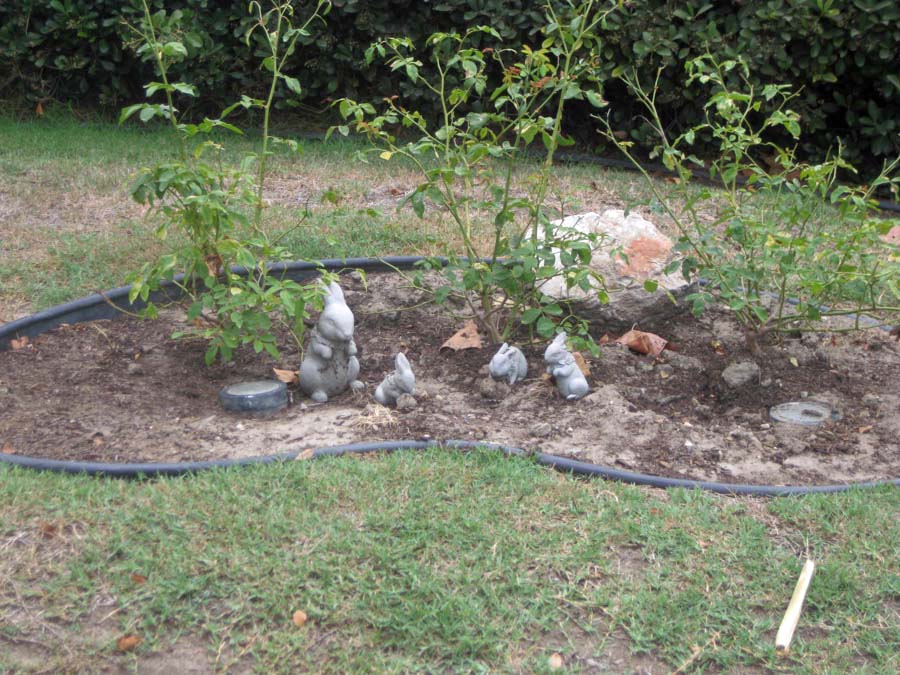
The bunnies were out in force
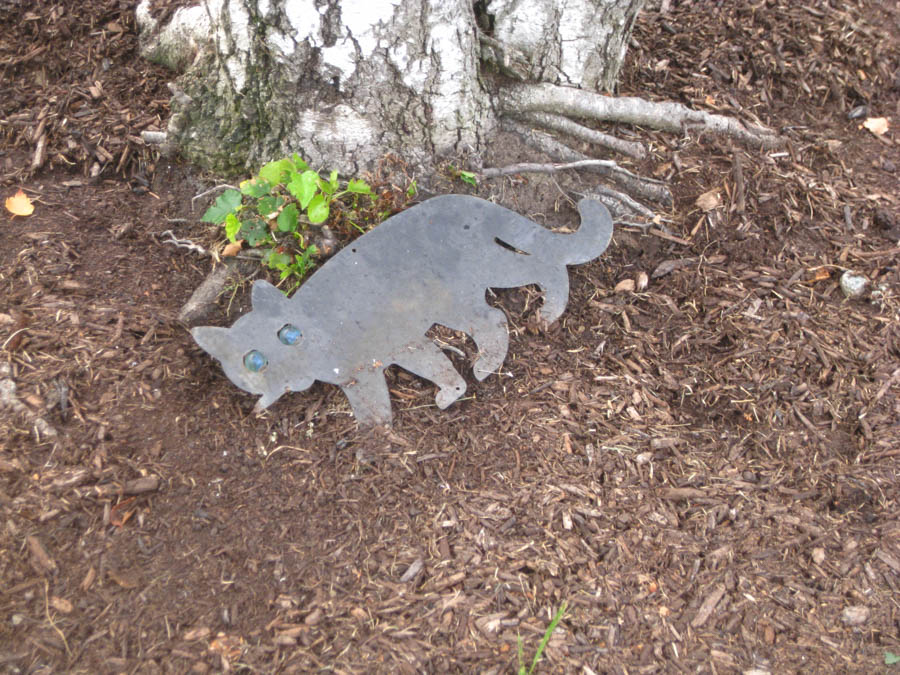
Paul calls him "The Flat Cat"

Awe

The rest of the old gas pump is behind the wall!
Did You Know? -
The first gas pumps were built in the 1880s by the Bowser Company in Fort Wayne, Indiana, followed in 1898 by pumps that could pull fuel from an underground tank. As the automobile's popularity soared in the 1920s, service stations sprang up everywhere and the gas pump became a key promotional medium.
The early pumps were 'visible gas' pumps, with a clear glass cylinder, usually 5 or 10 gallons on top of the pump, so you could see what you were getting, or if the gas was dirty (a big problem at that time). There was a manual pump you'd pull back and forth to pump the gas out of the underground tank into the cylinder, which was 8 or 10 feet tall. From there the gas flowed by gravity down the hose into the car.
Next came the electric pump, but people still wanted to see the gas, so they had a small cylinder, called a sight glass. These pumps had a clock face that kept track of the gallons, and then the seller would have to compute the cost in their head. Finally they came out with computing gas pumps, which would tell you the cost too.
Some of the most collectible pumps are the early ones with the cylinder on top and the old clock face that keeps track of just gallons. Also in demand are the computing pumps from the 1930's into the 1950's, but in the 1960's they modernized them, making them more boxy and plain. Pumps from the 1930s in particular have a lot of great art deco styling (and are very tall).
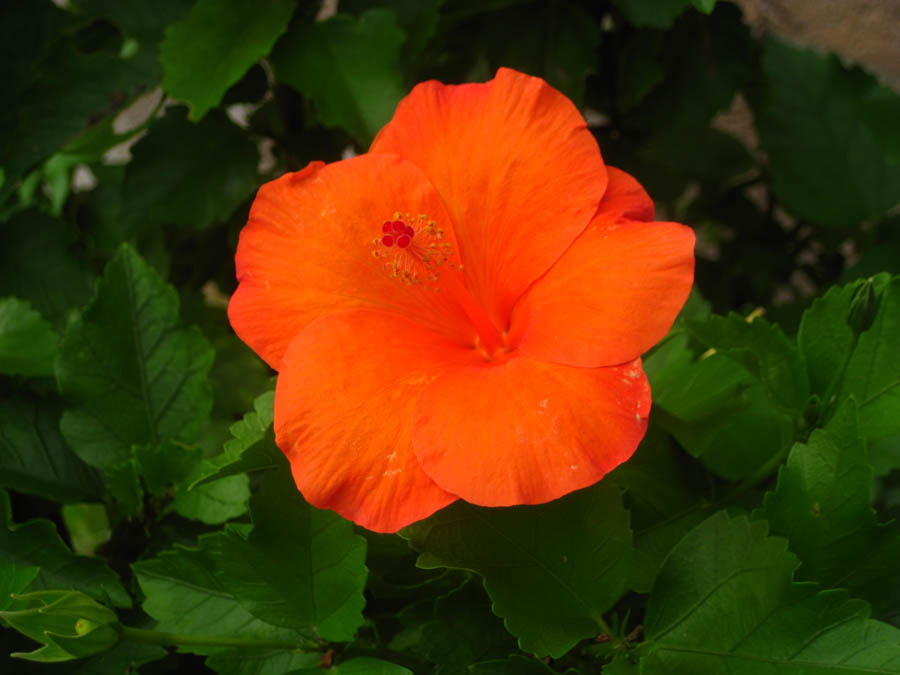
Hello.... I am Mr. Red

What a collection of color

Sitting and a thinking
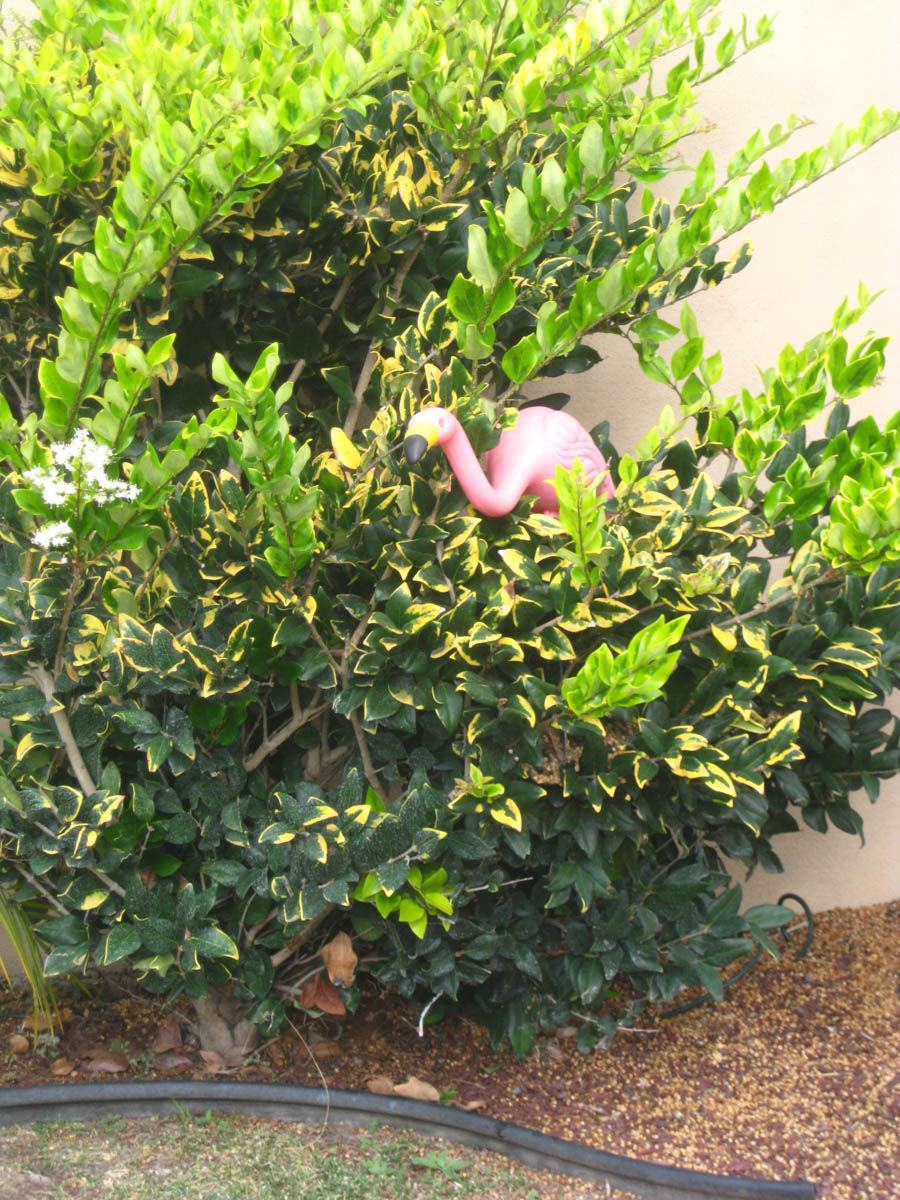
Boo... I am hiding in the bushes

September 6th 2015 Top



You bet! We need all the help we can get!
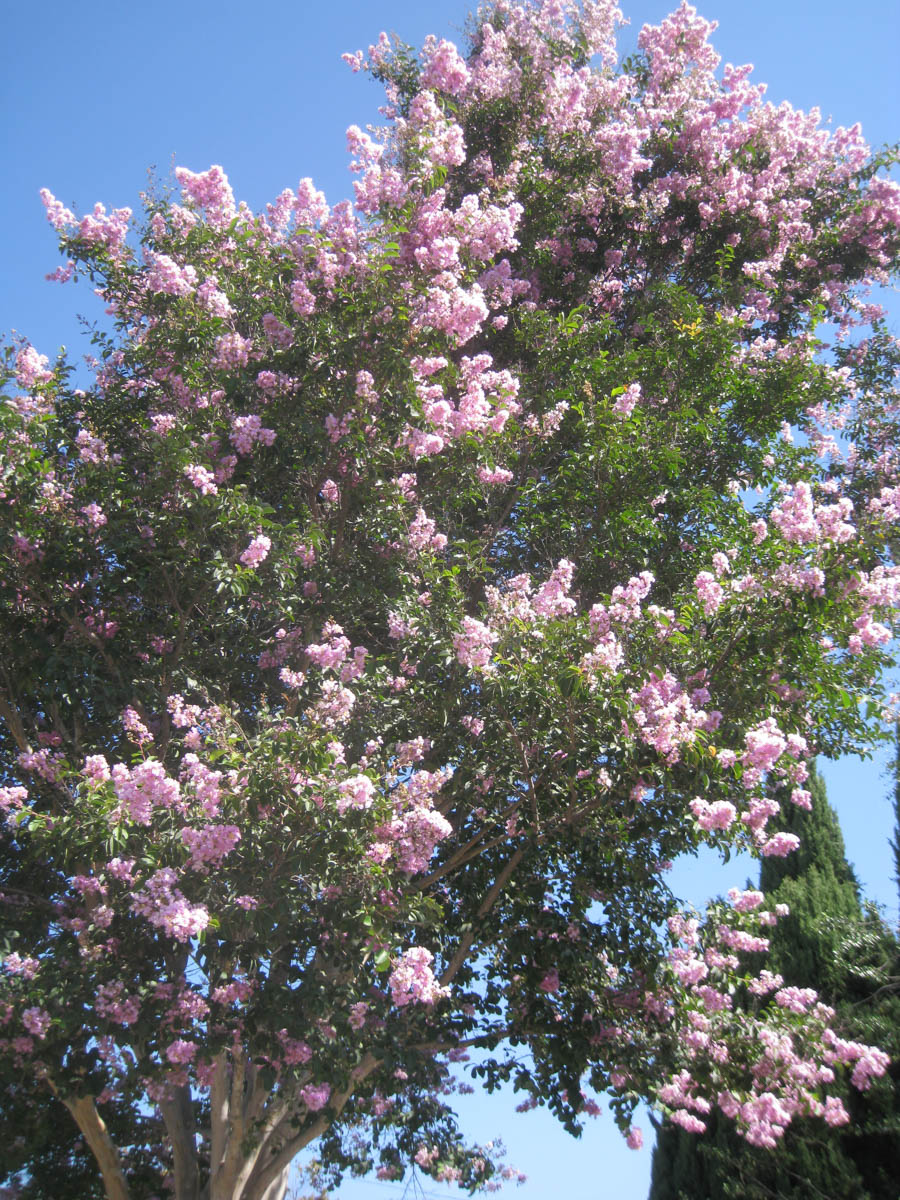 The Crape Myrtle is simply beautiful
The Crape Myrtle is simply beautiful

Hey Rosie
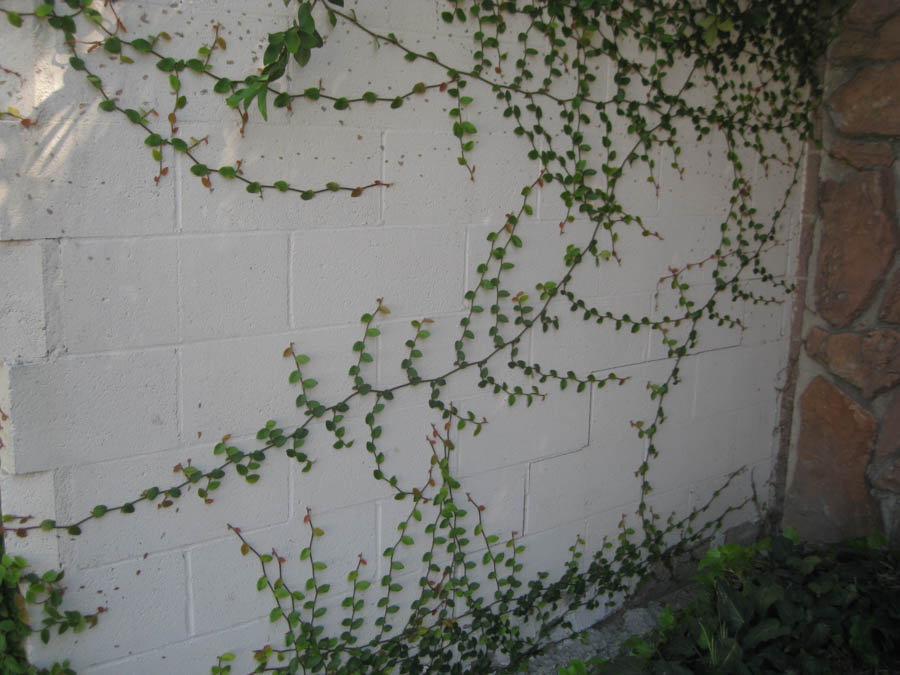
I stopped to look at the roadmap
September 8th 2015 Top



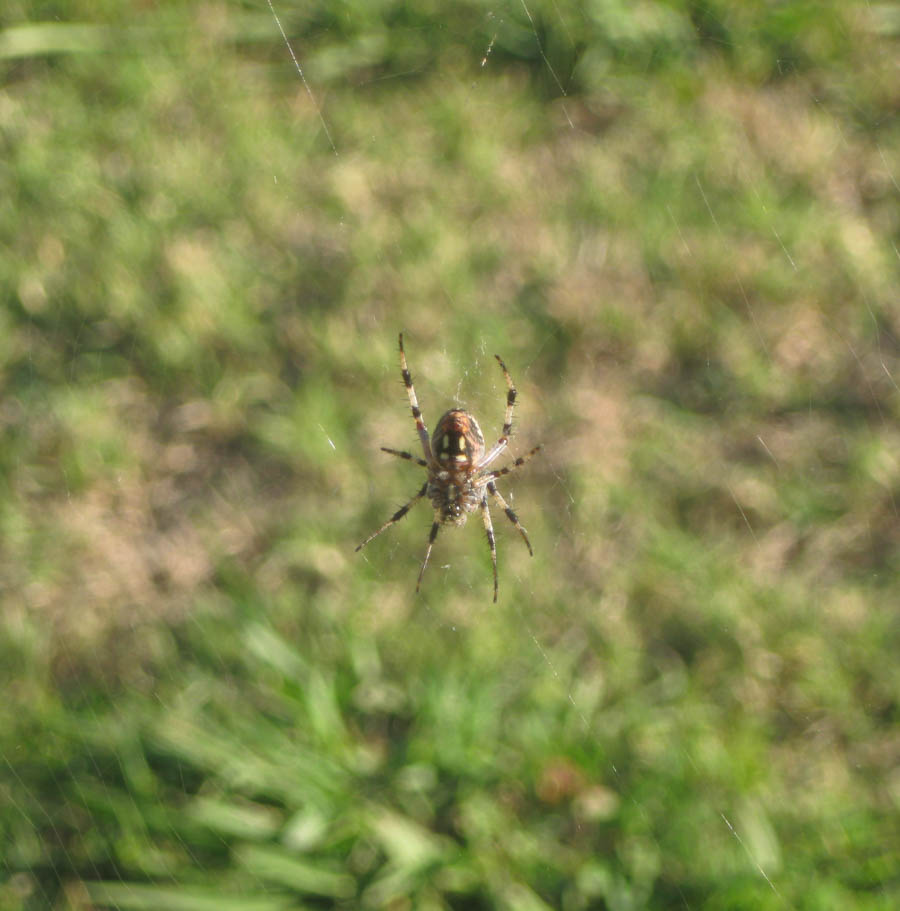
Just hanging around
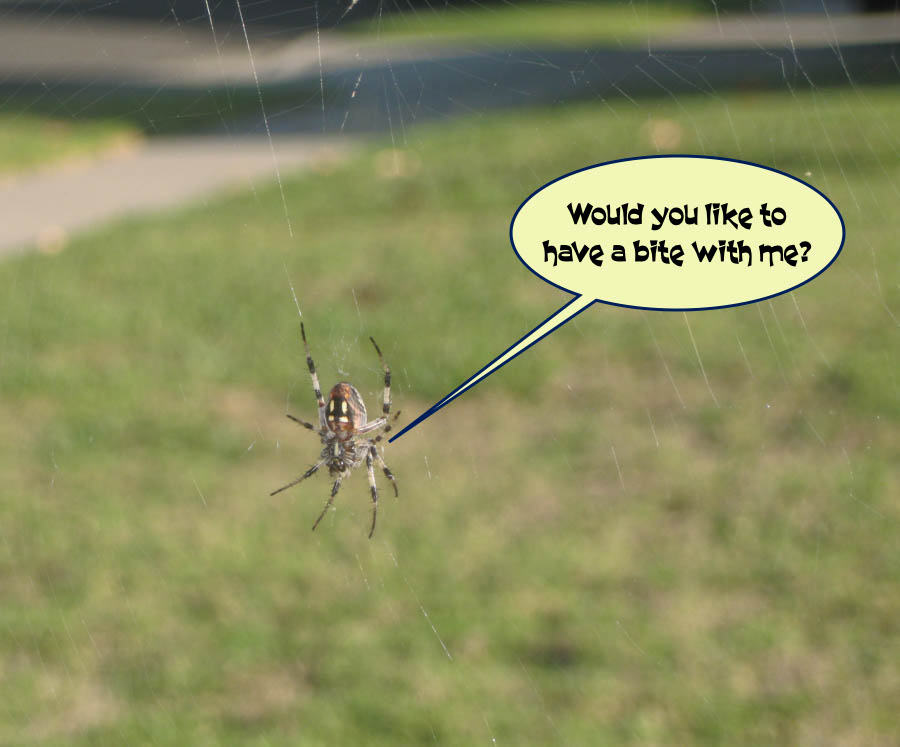
Looking for a fly?
Did You Know? - Bark is the outermost layers of stems and roots of woody plants. Plants with bark include trees, woody vines, and shrubs. Bark refers to all the tissues outside of the vascular cambium and is a nontechnical term.
It overlays the wood and consists of the inner bark and the outer bark. The inner bark, which in older stems is living tissue, includes the innermost area of the periderm.
The outer bark in older stems includes the dead tissue on the surface of the stems, along with parts of the innermost periderm and all the tissues on the outer side of the periderm. The outer bark on trees which lies external to the last formed periderm is also called the rhytidome.
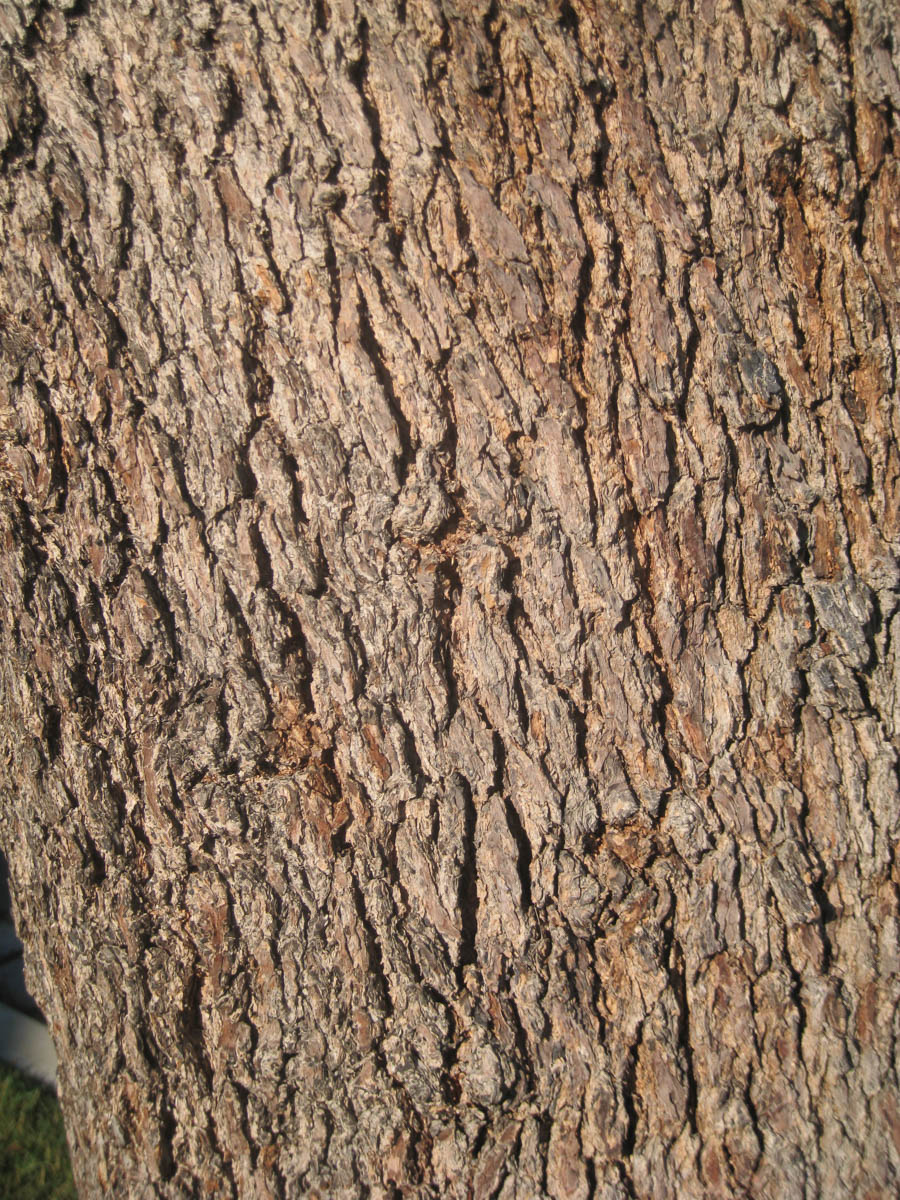
Mother nature is amazing...
Did You Know? -
The trunk of a tree is made up of five different layers.
Anatomy of a Tree
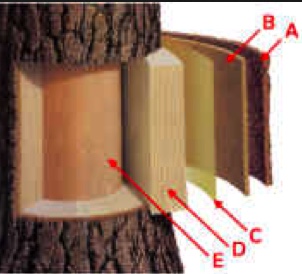
A - The outer bark is the tree's protection from the outside world. Continually renewed from within, it helps keep out moisture in the rain and prevents the tree from losing moisture when the air is dry. It insulates against cold and heat and wards off insect enemies.
B - The inner bark, or "phloem," is the pipeline through which food is passed to the rest of the tree. It lives for only a short time then dies and turns to cork to become part of the protective outer bark.
C - The cambium cell layer is the growing part of the trunk. It annually produces new bark and new wood in response to hormones that pass down through the phloem with food from the leaves. These hormones, called "auxins," stimulate growth in cells. Auxins are produced by leaf buds at the ends of branches as soon as they start growing in the spring.
D - Sapwood is the tree's pipeline for water moving up to the leaves. Sapwood is new wood. As newer rings of sapwood are laid down, inner cells lose their vitality and turn to heartwood.
E - Heartwood is the central, supporting pillar of the tree. Although dead, it will not decay or lose strength while the outer layers are intact. A composite of hollow, needlelike cellulose fibers bound together by a chemical glue called lignin, it is in many ways as strong as steel. Set vertically, a 1" x 2" cross section that is 12" long can support twenty tons!

Tree bark is more than just pretty!
Did You Know? - Products used by people that are derived from bark include: bark shingle siding and wall coverings, spices and other flavorings, tanbark for tannin, resin, latex, medicines, poisons, various hallucinogenic chemicals and cork. Bark has been used to make cloth, canoes, and ropes and used as a surface for paintings and map making.
A number of plants are also grown for their attractive or interesting bark colorations and surface textures or their bark is used as landscape mulch.
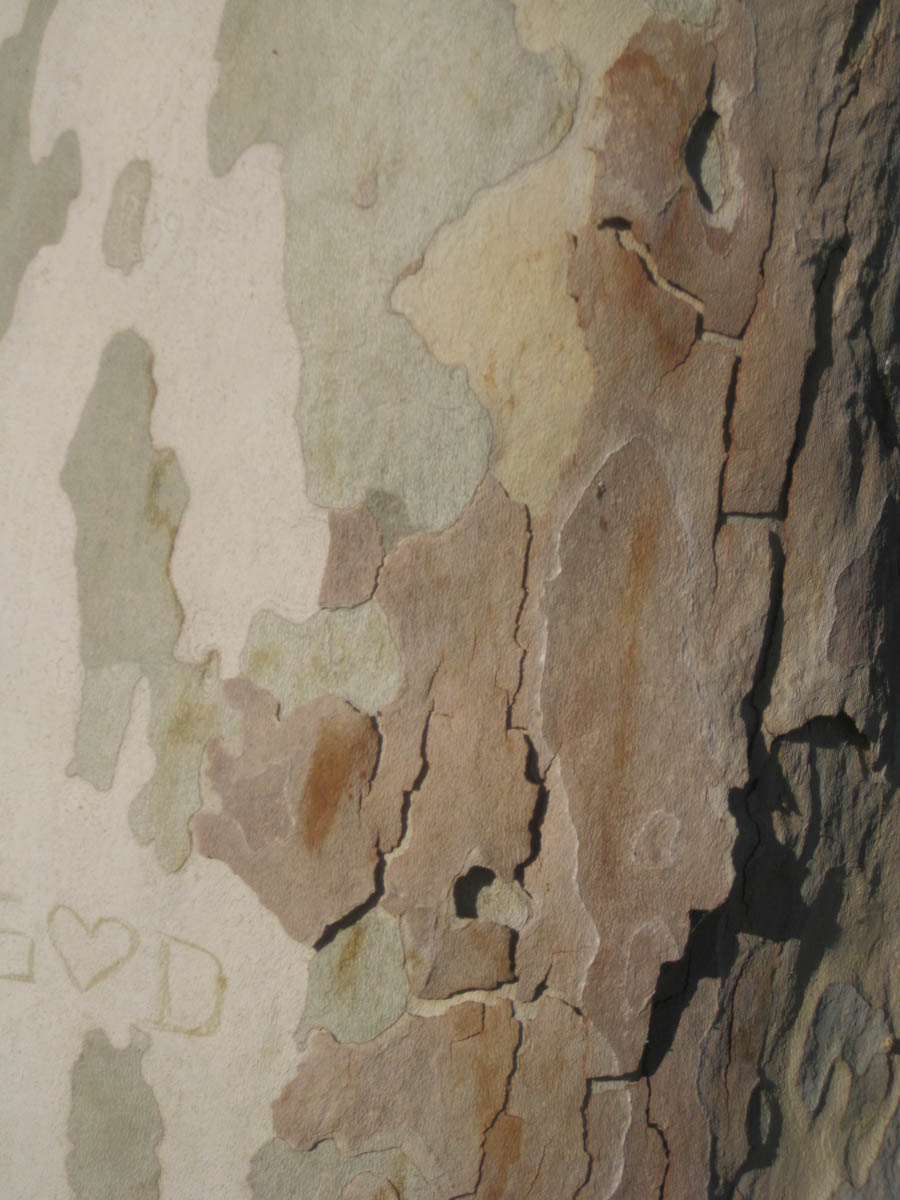
Smooth bark is fascinating to examine
Did You Know? - The rhytidome is the most familiar part of bark, it is the outer layer that covers the trunks of trees. It is composed mostly of dead cells and is produced by the formation of multiple layers of suberized periderm, cortical and phloem tissue.
It is generally thickest and most distinctive at the trunk or bole (the area from the ground to where the main branching starts) of the tree.

What type of tree am I?

I am different!
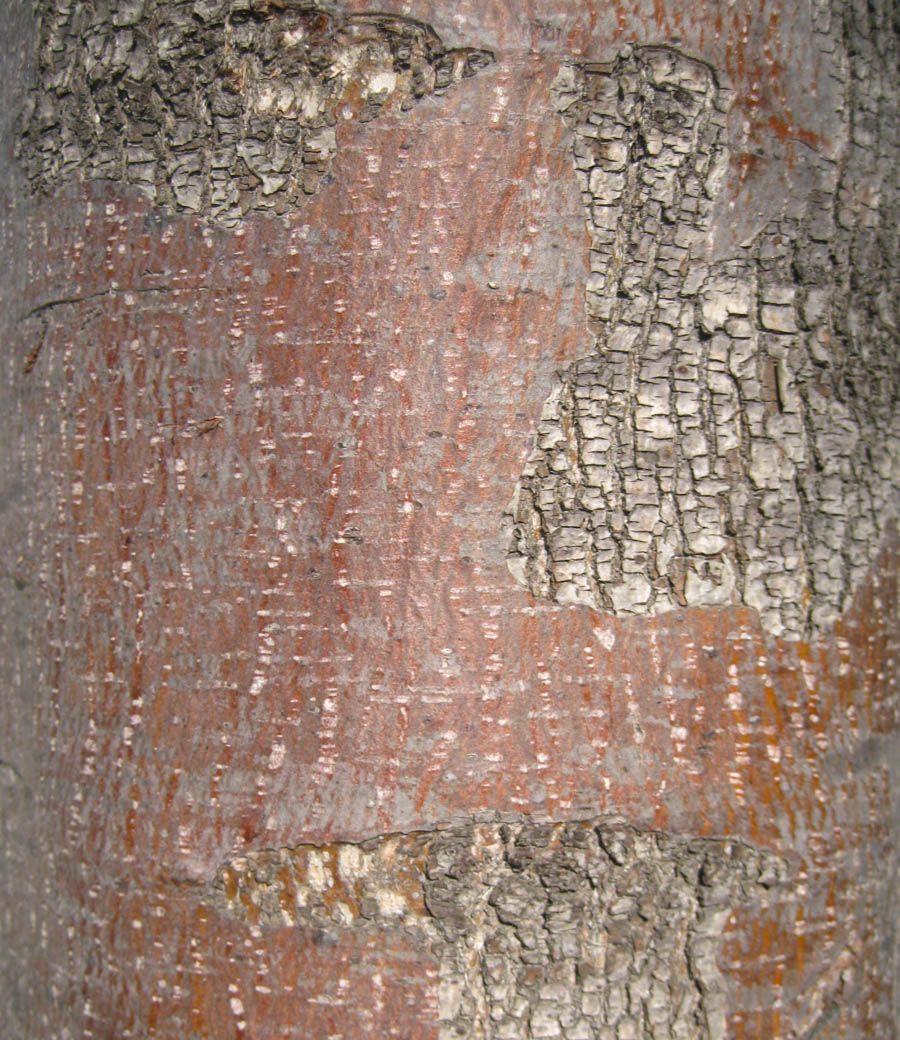
I am an ol' smoothie... I am a Palm

I am a "paper tree"
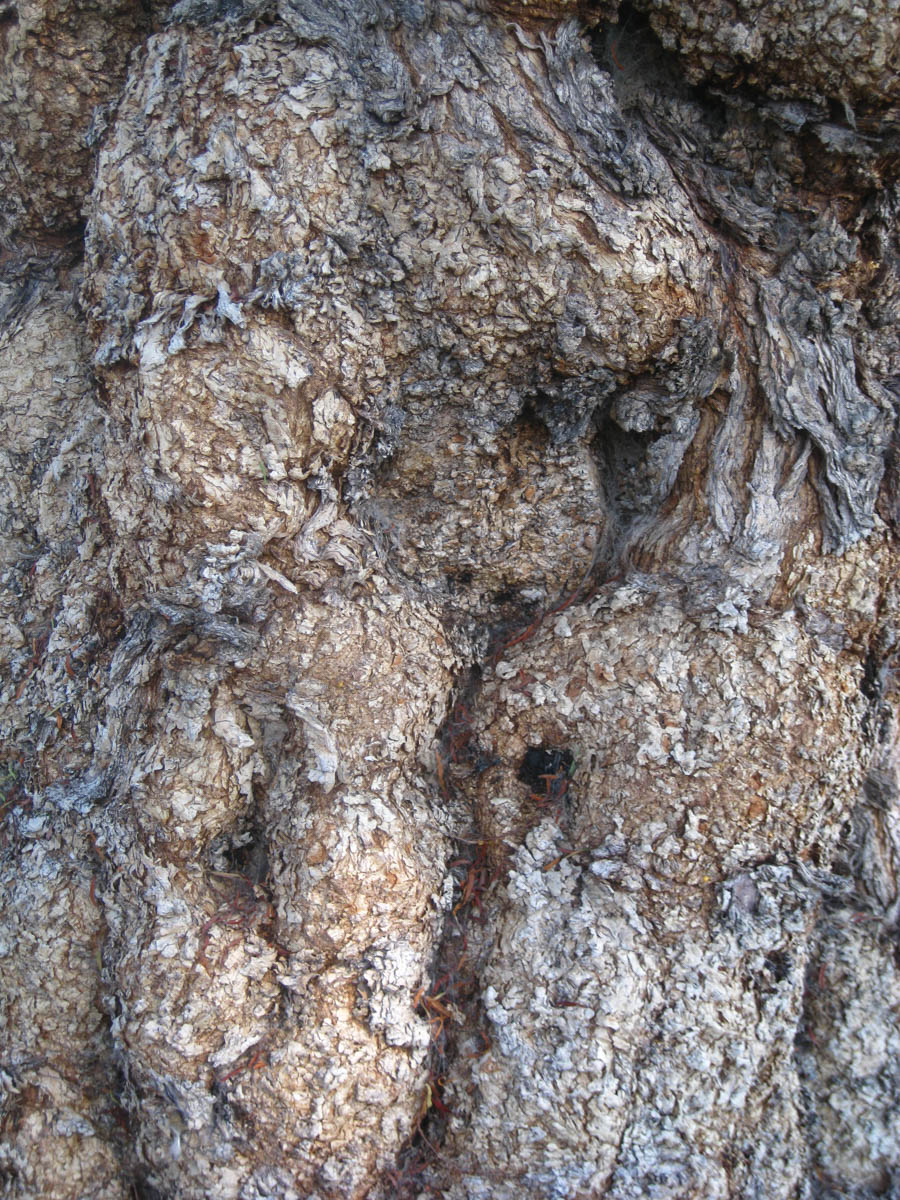
I am a pepper tree and I produce pink peppercorns
Did You Know? - Black pepper (Piper nigrum) is a flowering vine in the family Piperaceae, cultivated for its fruit, which is usually dried and used as a spice and seasoning. When dried, the fruit is known as a peppercorn. When fresh and fully mature, it is approximately 5 millimetres (0.20 in) in diameter, dark red, and, like all drupes, contains a single seed. Peppercorns, and the ground pepper derived from them, may be described simply as pepper, or more precisely as black pepper (cooked and dried unripe fruit), green pepper (dried unripe fruit) and white pepper (ripe fruit seeds).

Mornin' Glory!
Did You Know? - Morning glory was first known in China for its medicinal uses, due to the laxative properties of its seeds.
Ipomoea aquatica, known as water spinach, water morning glory, water convolvulus, ong-choy, kang-kung, or swamp cabbage, is popularly used as a green vegetable, especially in East and Southeast Asian cuisines.
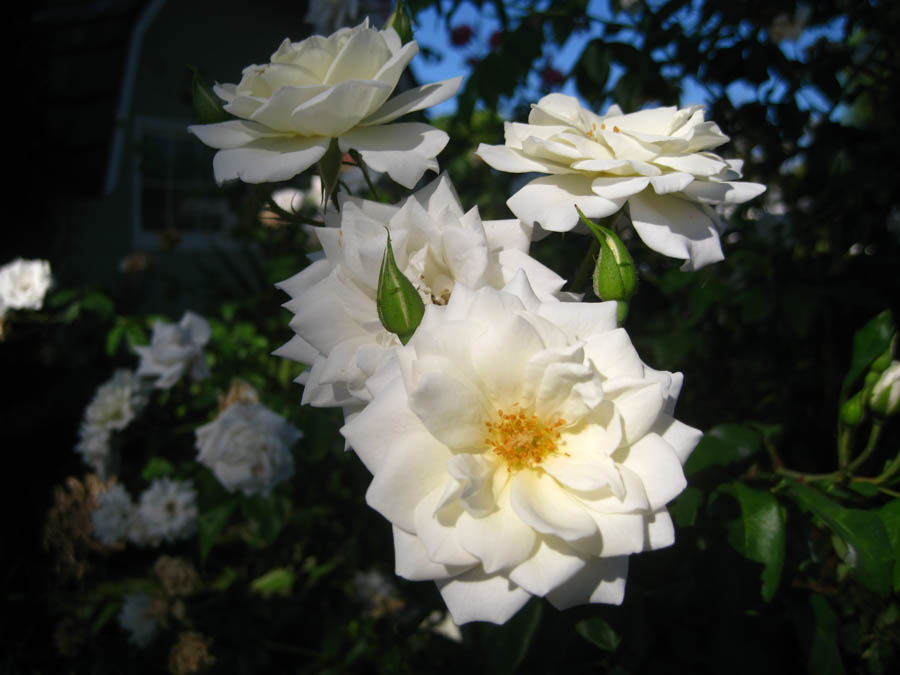
"The trees bark too much!
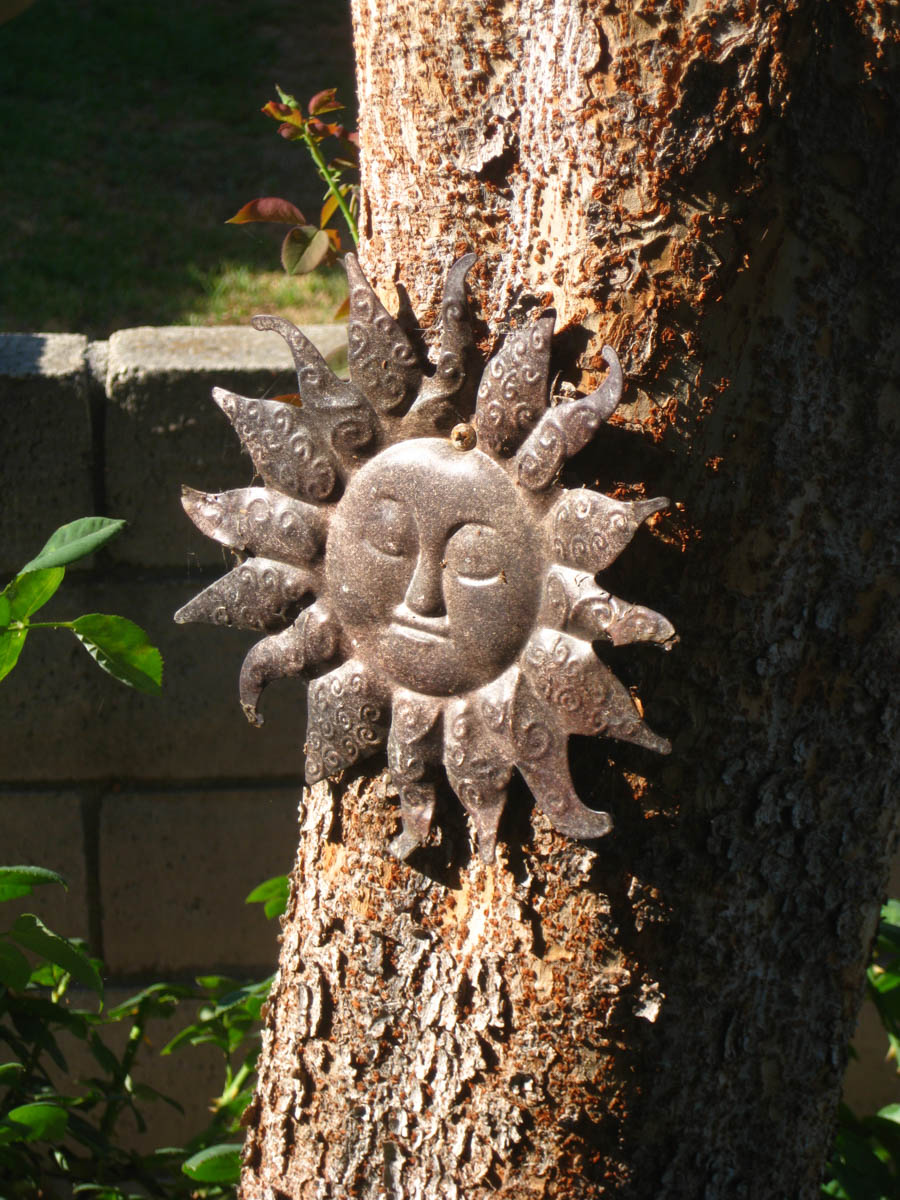
You can call me "Sunny"
September 20th 2015 Top
Quotation Of The Day: "The pursuit of truth and beauty is a sphere of activity in which we are permitted to remain children all our lives." ~ Albert Einstein


Yes... A short day as it is already 87 degrees and wet!
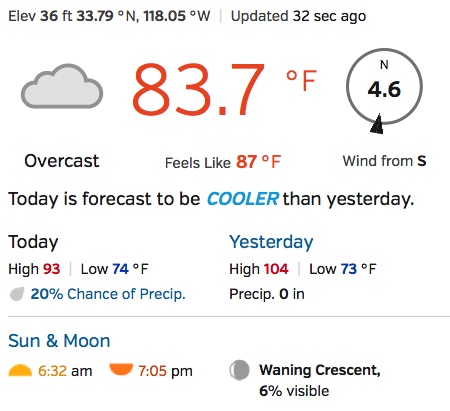
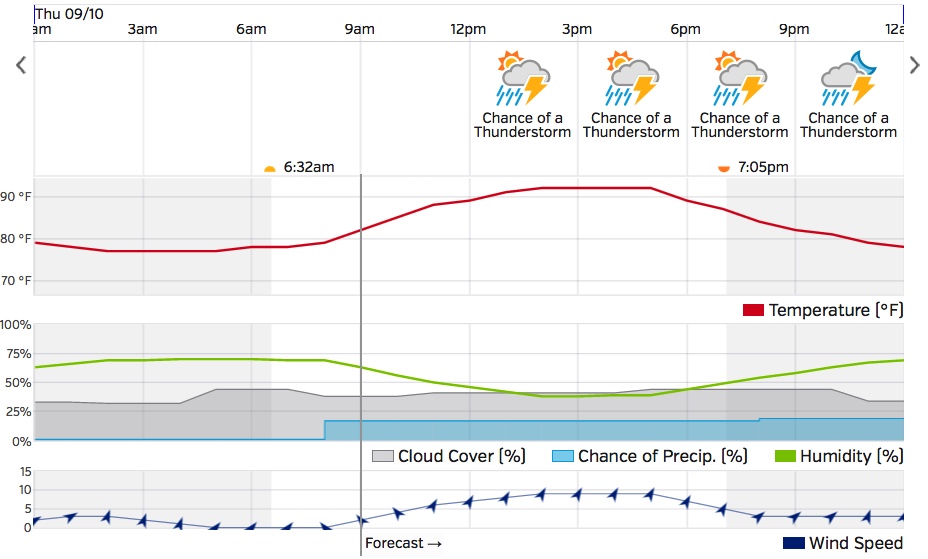

"Hey Bud... How'ya doing?"

God Bless the flag flyers!
September 13th 2015 Top
Quotation To Remember: A smile is a curve that sets everything straight. - Phyllis Diller


It was only 80 degrees out so I did an extra 1/2 hour!
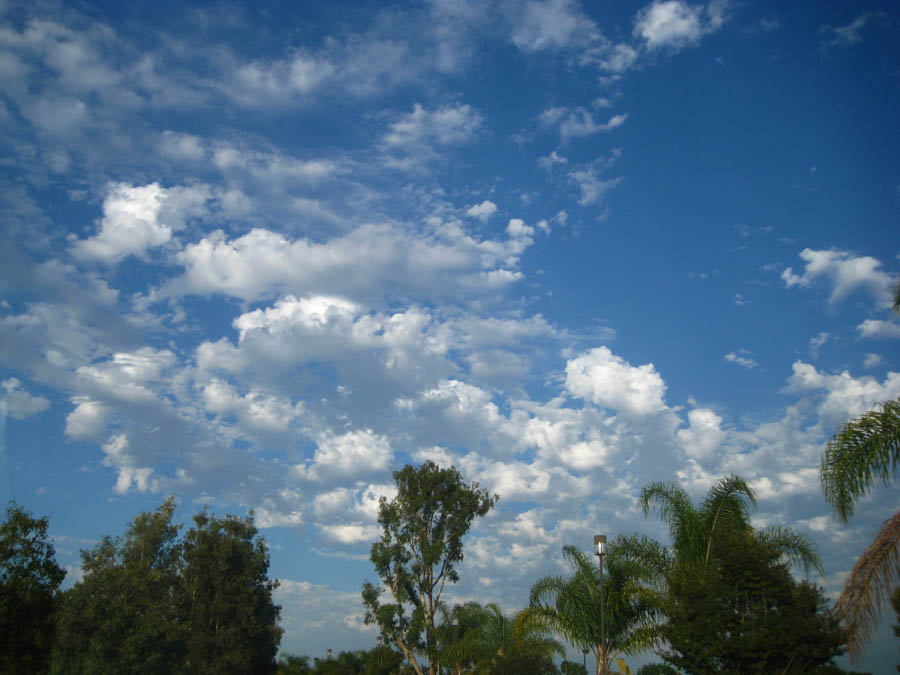
It was a magnificent, albeit warm, day
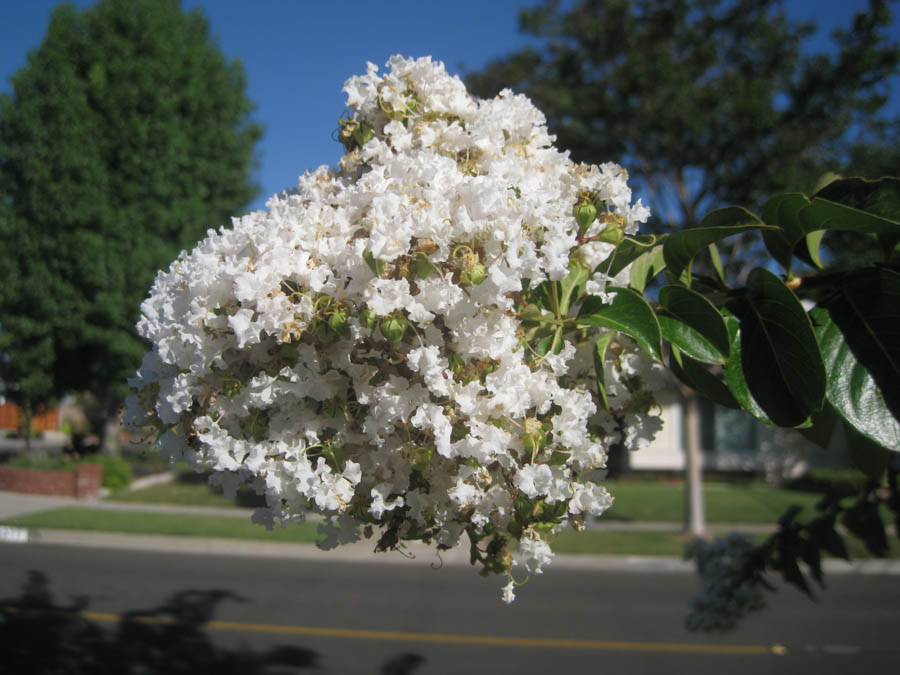
The white crape myrtle (Matchez Crape Myrtle) was beautiful
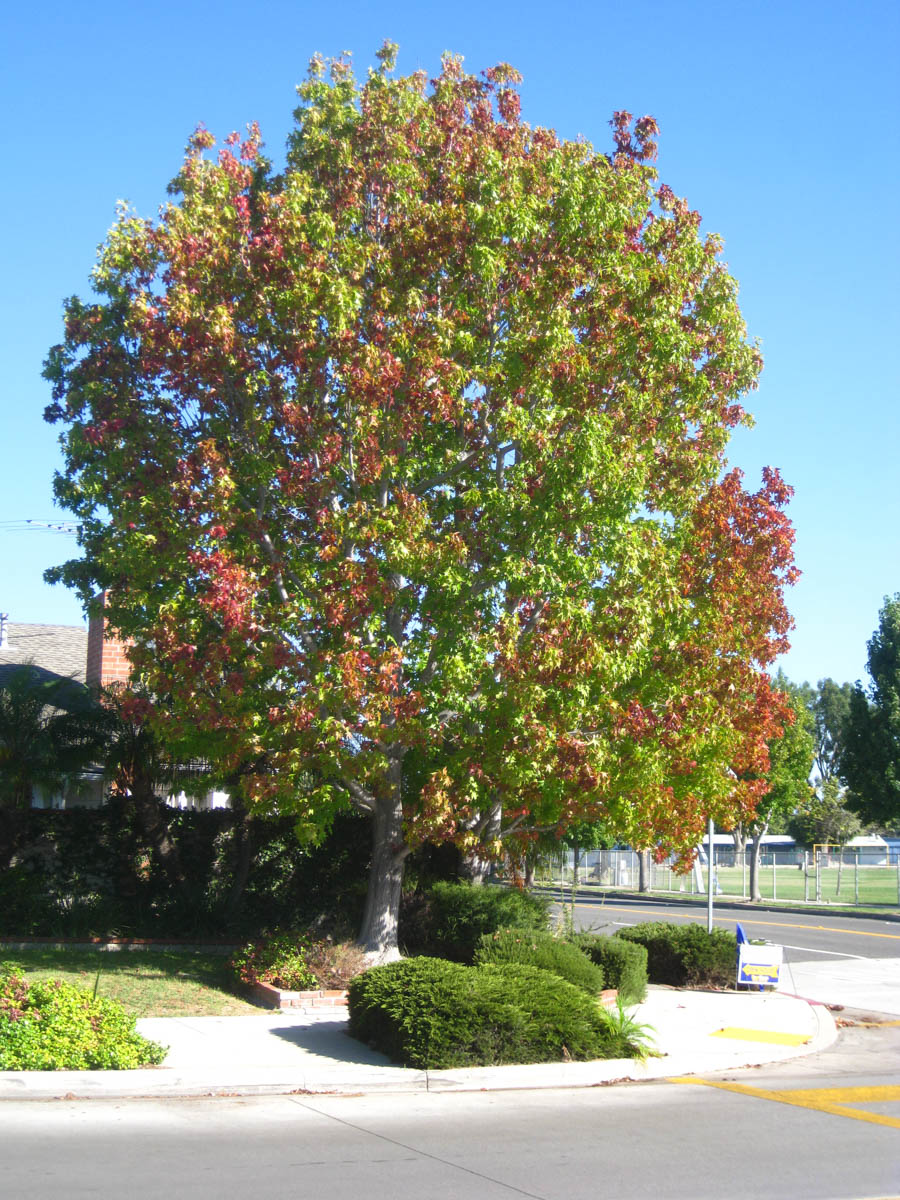
Every day more and more gold-yellow-orange leaves show up
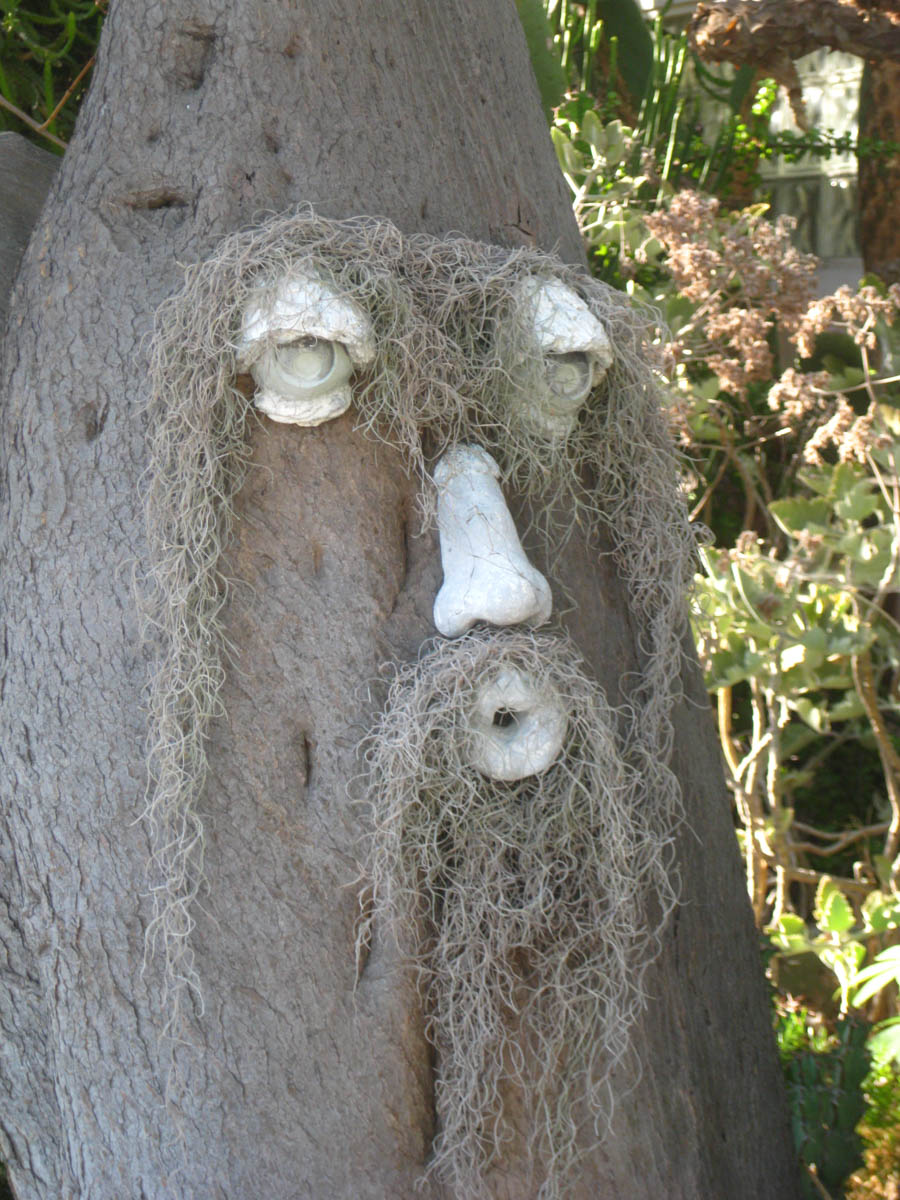
"I am the wise of man of the trees"
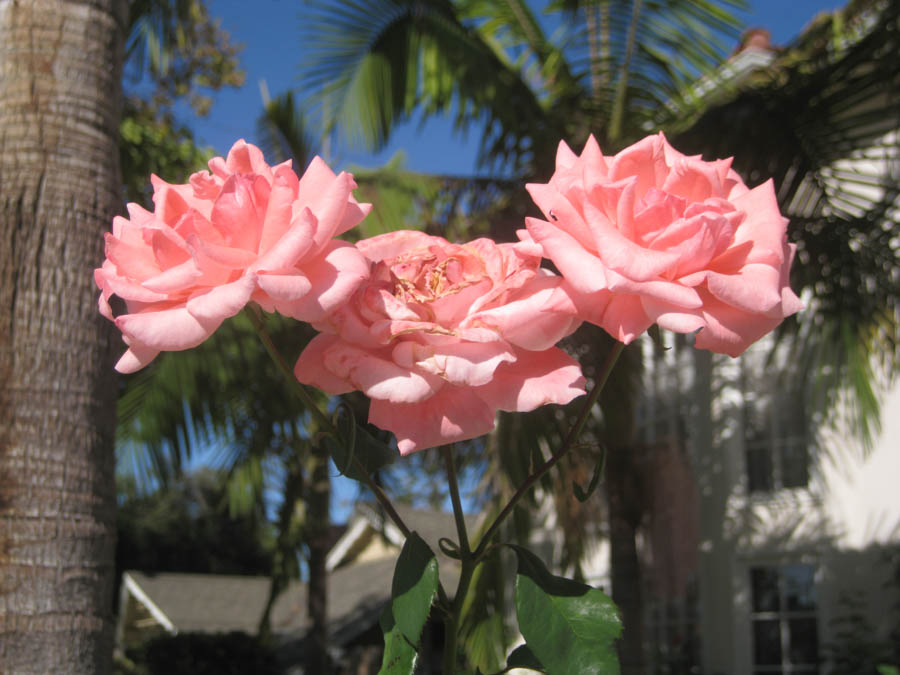
Pretty in pink!
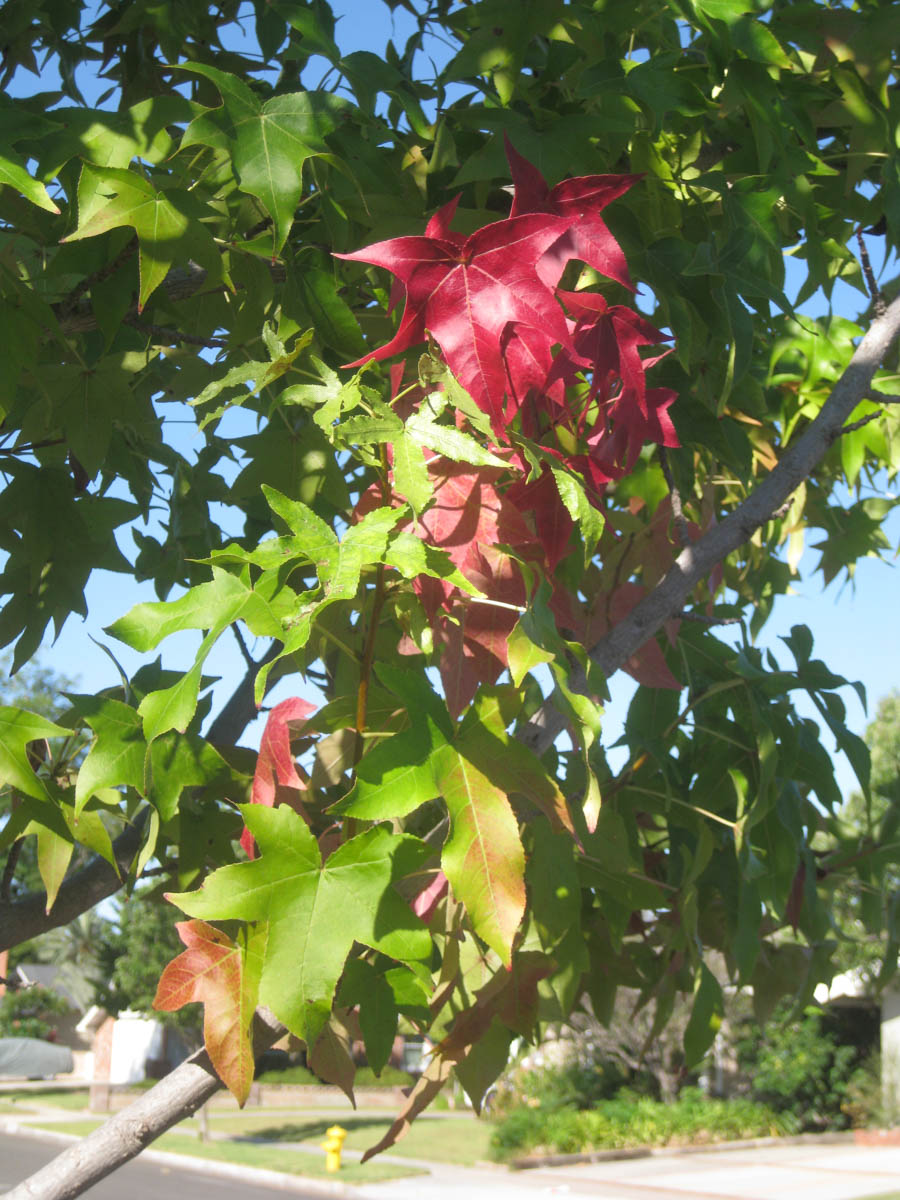
Dare to be different

Two weeks ago he was green!

Don't get rusty! I was reported twice last week!
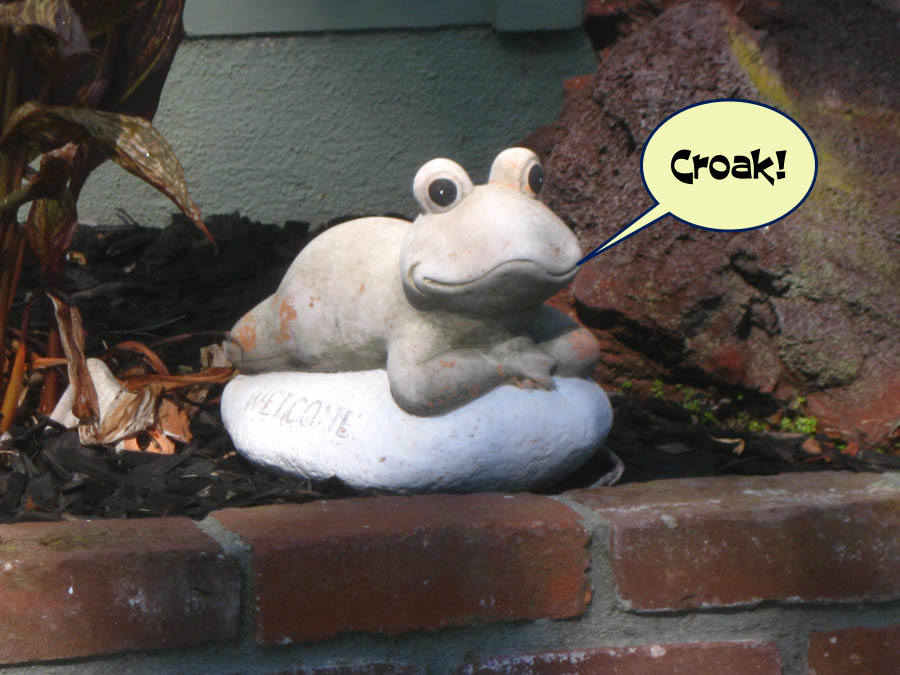
It was almost a burp!
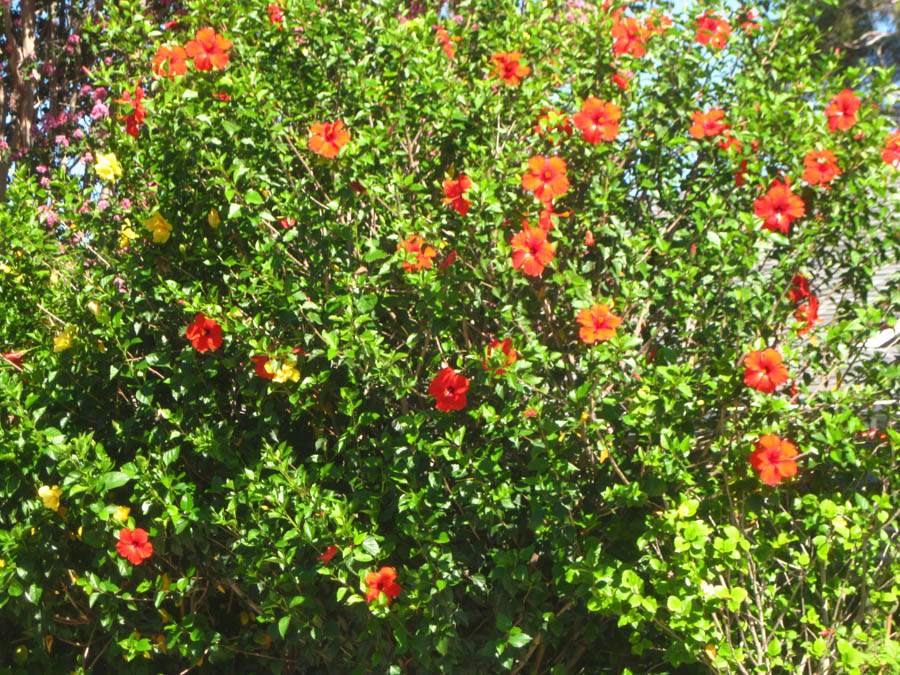
Looks like Christmas!
Did You Know? -
Hibiscus tea is not only tasty, it's also good for you.
Studies have shown it can help lower high blood pressure and reduce cholesterol levels. You can enjoy it cool in summer or sip it hot in winter.
What you will need
- Heatproof glasses or mugs
- Red hibiscus flowers, organic and pesticide-free (one per glass)
- Sugar
- Lemon or lime juice
- Boiling water
- Ice

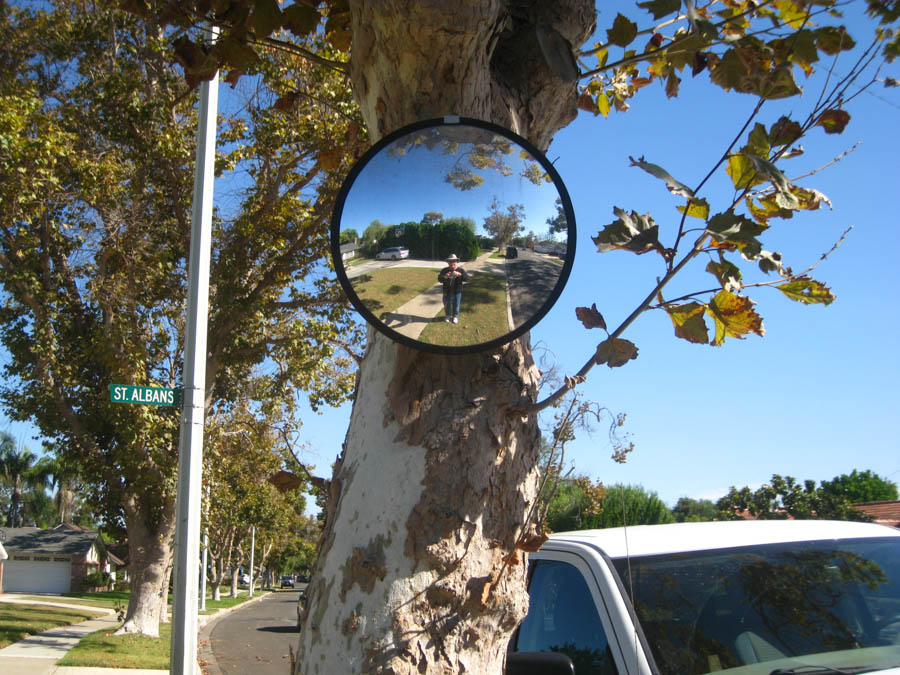
Who is that handsomne devil in the mirror?

I am already dressed for Halloween
September 15th 2015 Top
Time for the morning walk. The weather began looking a little threatening but after 45 minutes the sun finally came out!



Thought of the day!
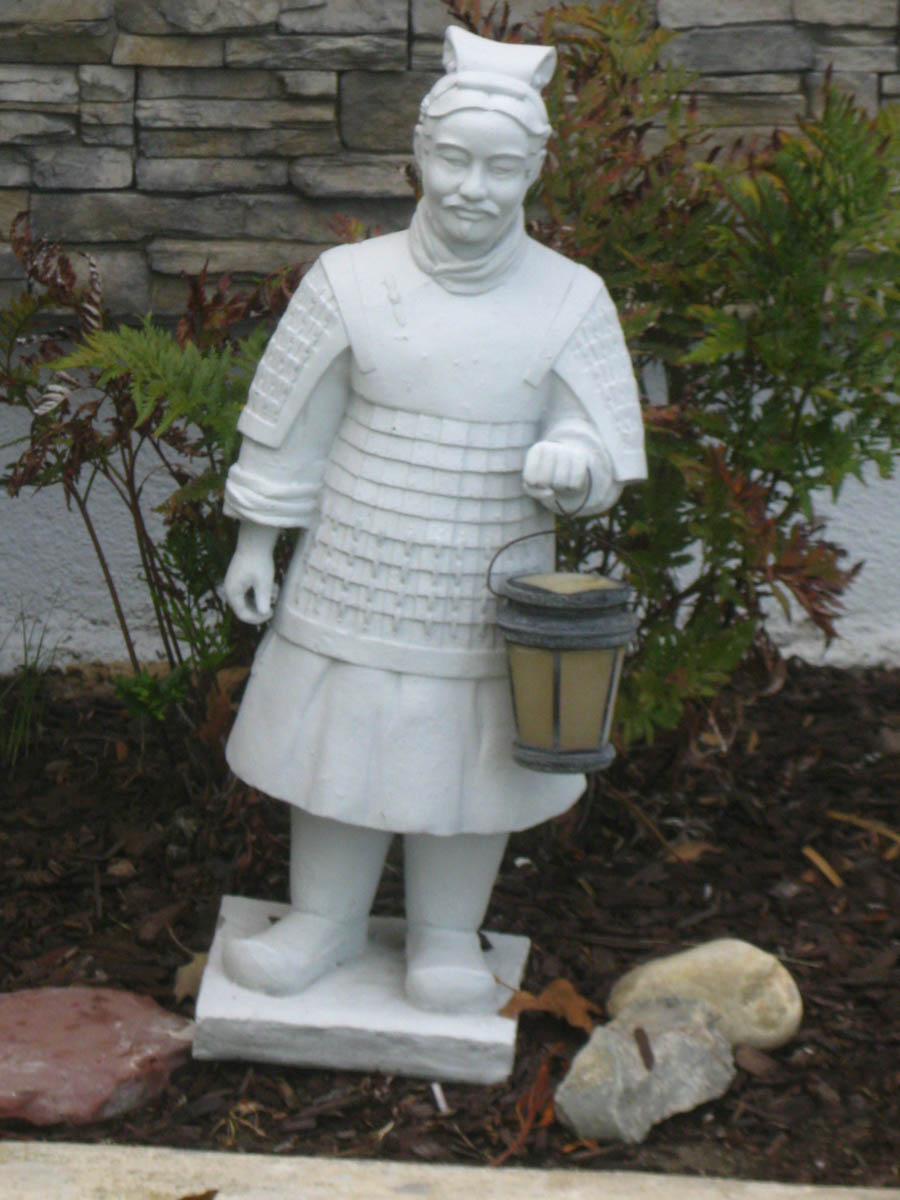
His name as "Haw So"
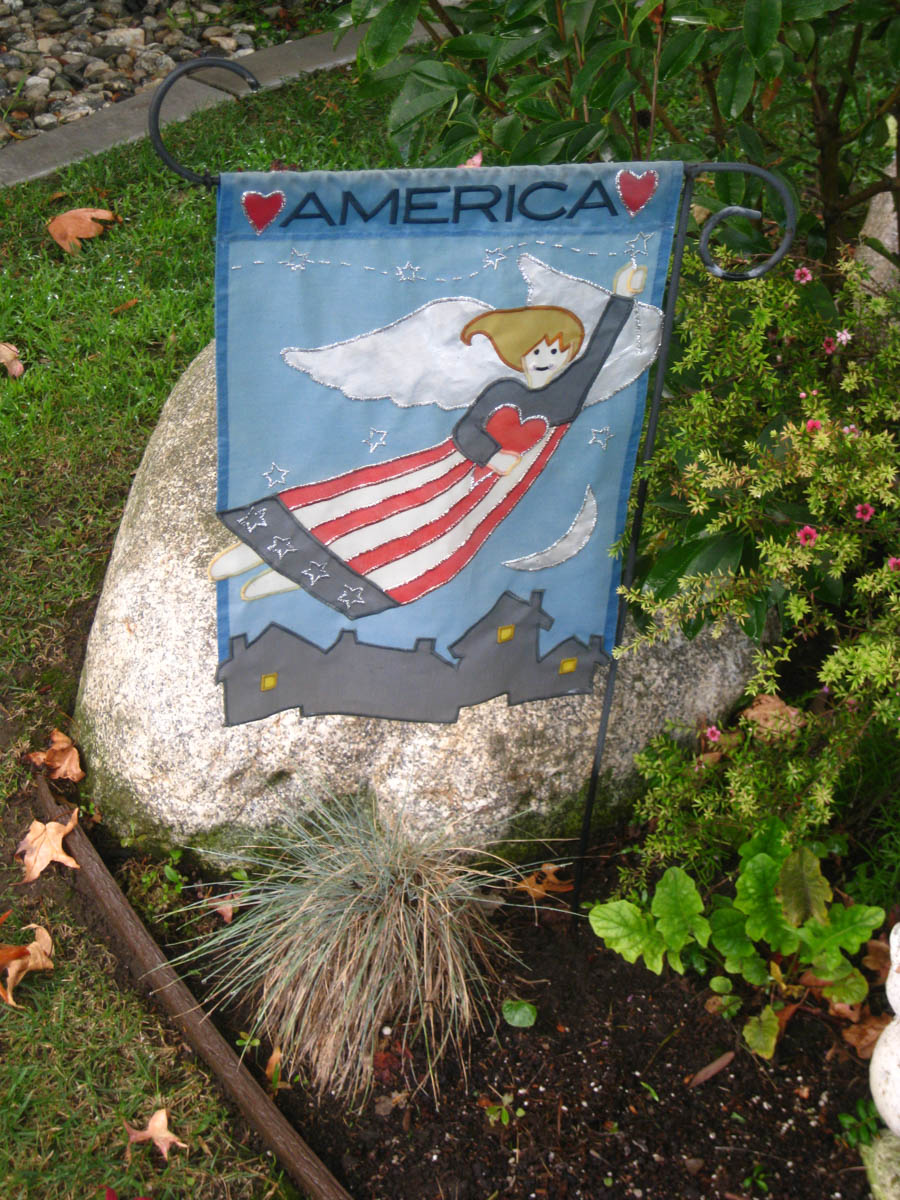
Love to see our flags
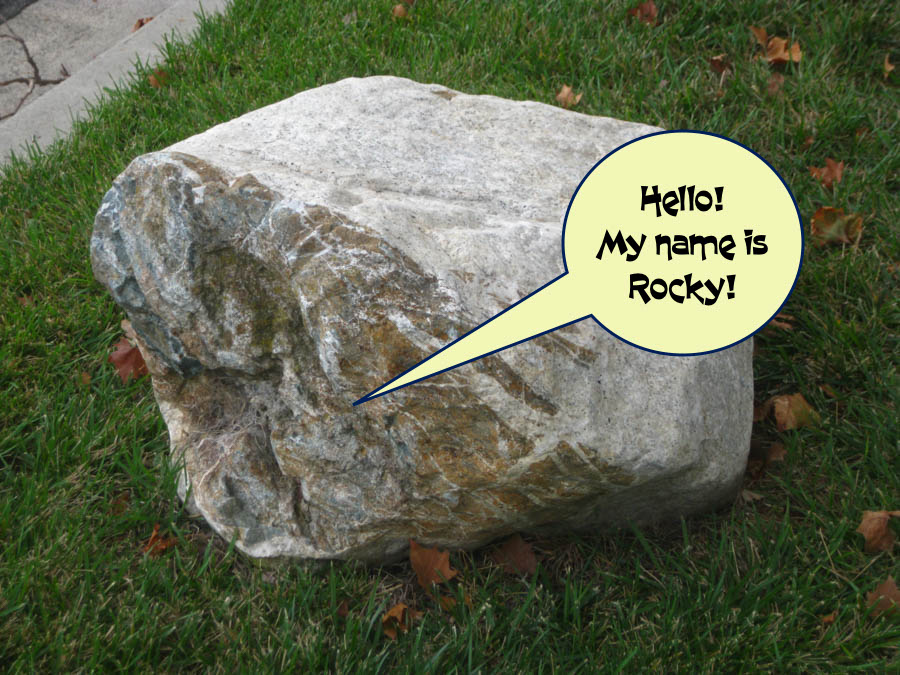
Meet my new friend...
Did You Know? - In geology, a boulder is a rock fragment with size greater than 25.6 centimetres (10.1 in) in diameter.
Smaller pieces are called cobbles and pebbles, depending on their "grain size". While a boulder may be small enough to move or roll manually, others are extremely massive.
In common usage, a boulder is too large for a person to move. Smaller boulders are usually just called rocks or stones. The word boulder is short for boulder stone, from Middle English bulderston or Swedish bullersten.
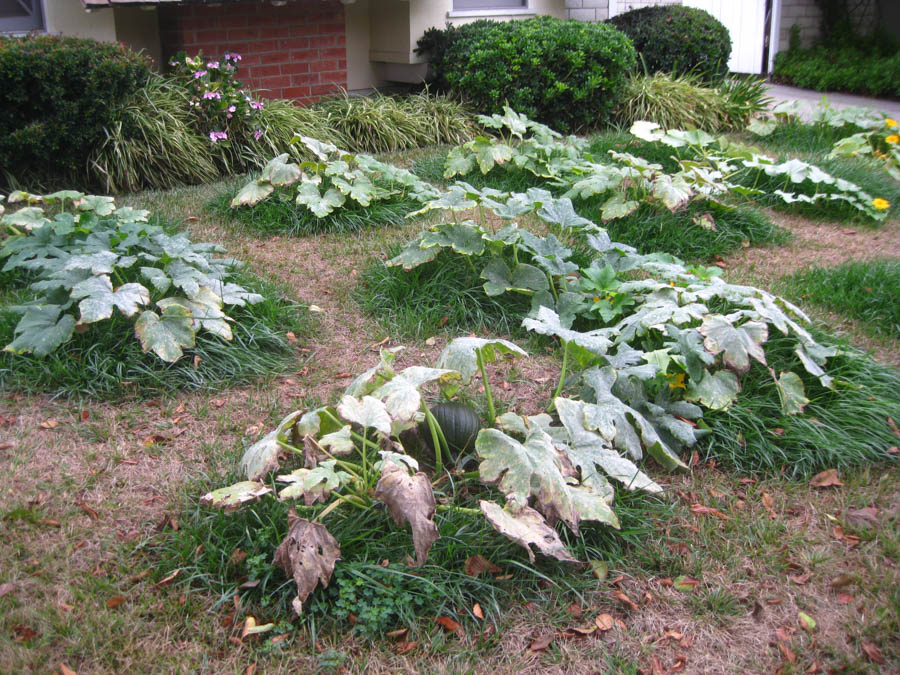
Might as well us the front yard for pumpkins!
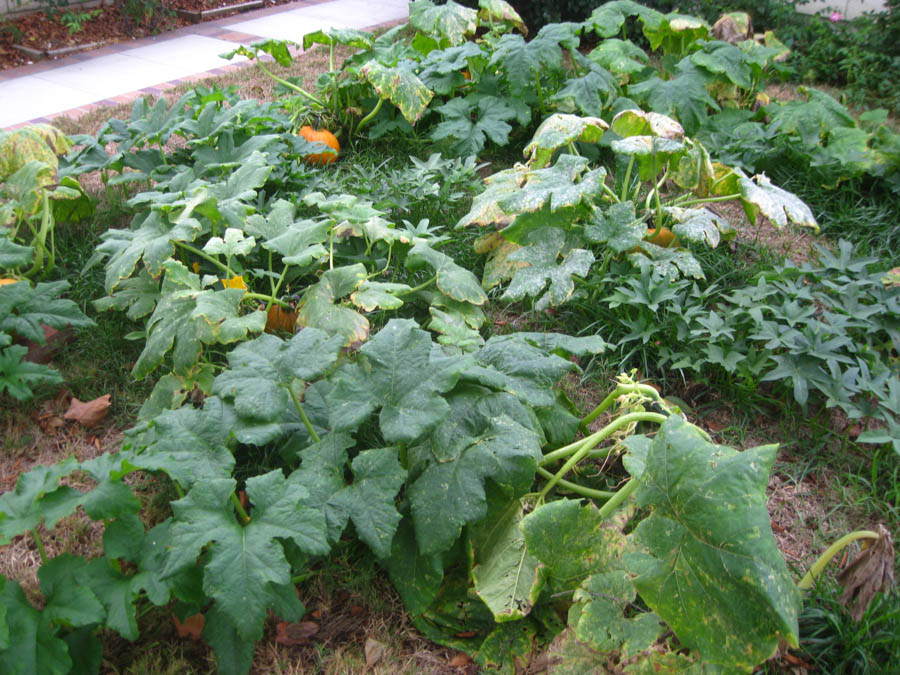
Some are already turning orange
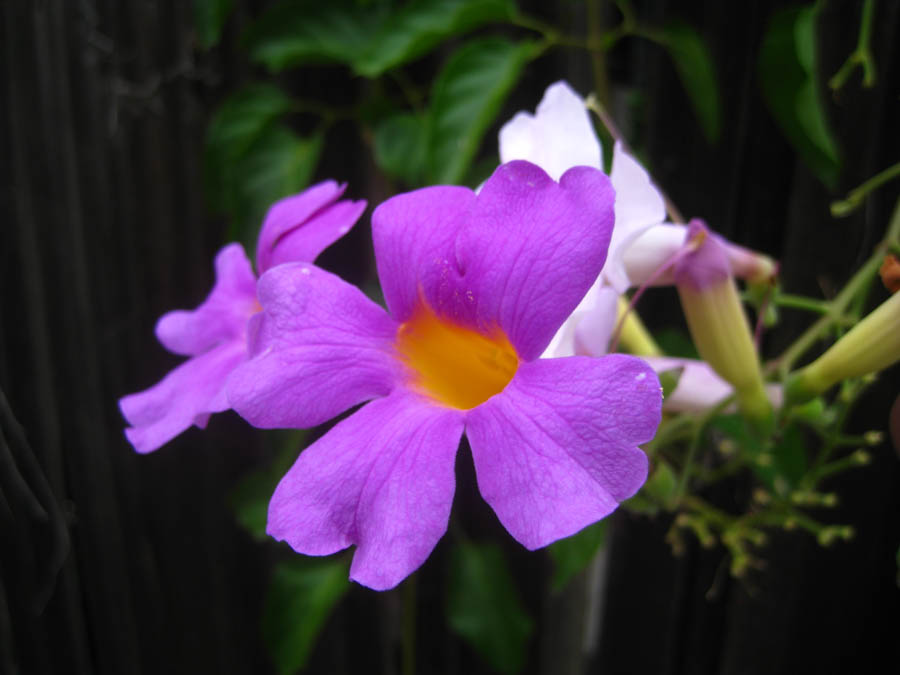
Talk about bright!

Well Pilgrim... Welcome right back at you!
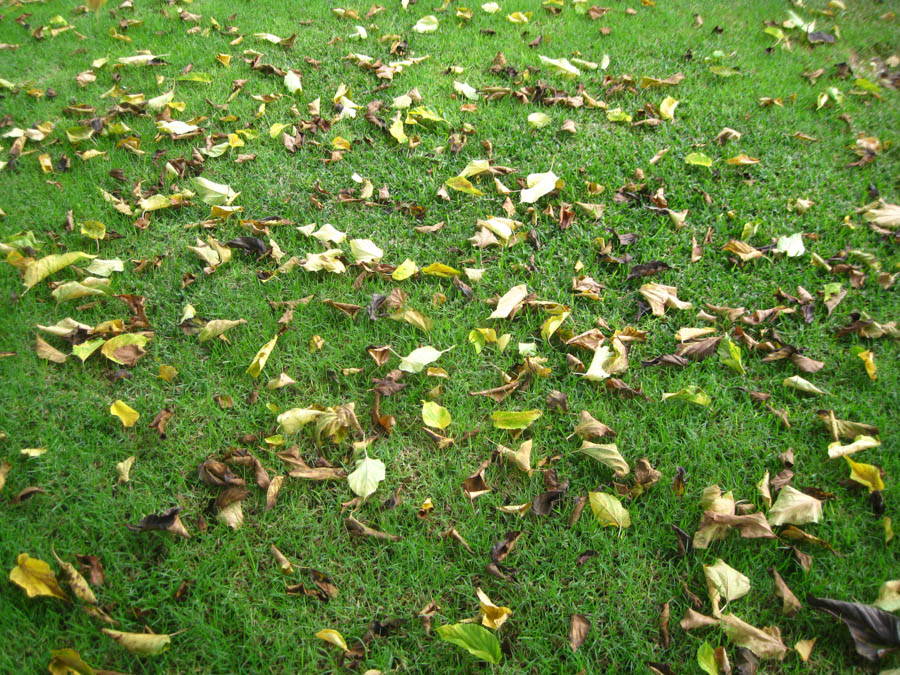
Fall is indeed here... Leaves are falling all over
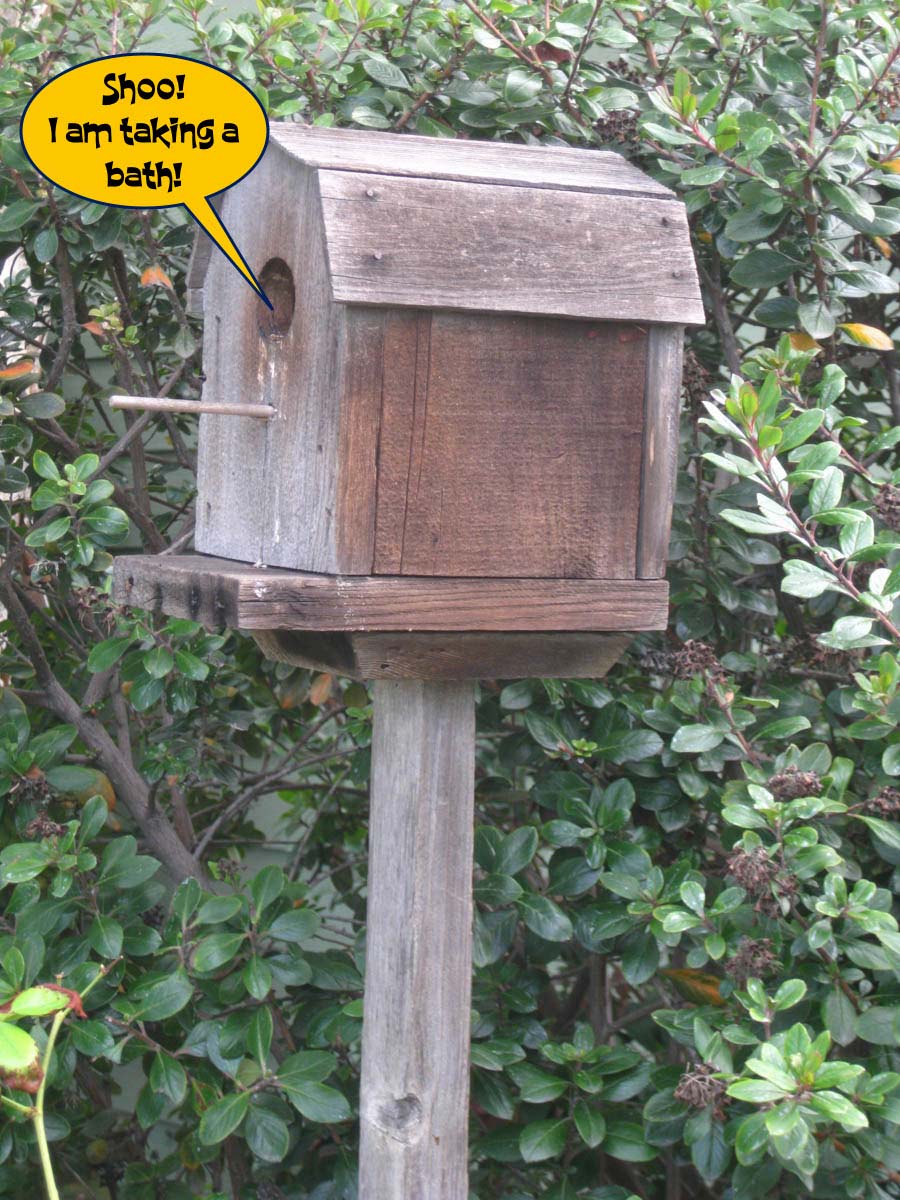
Bird houses will soon by full!

Lovely decorations! Have a spare wagon anyone?
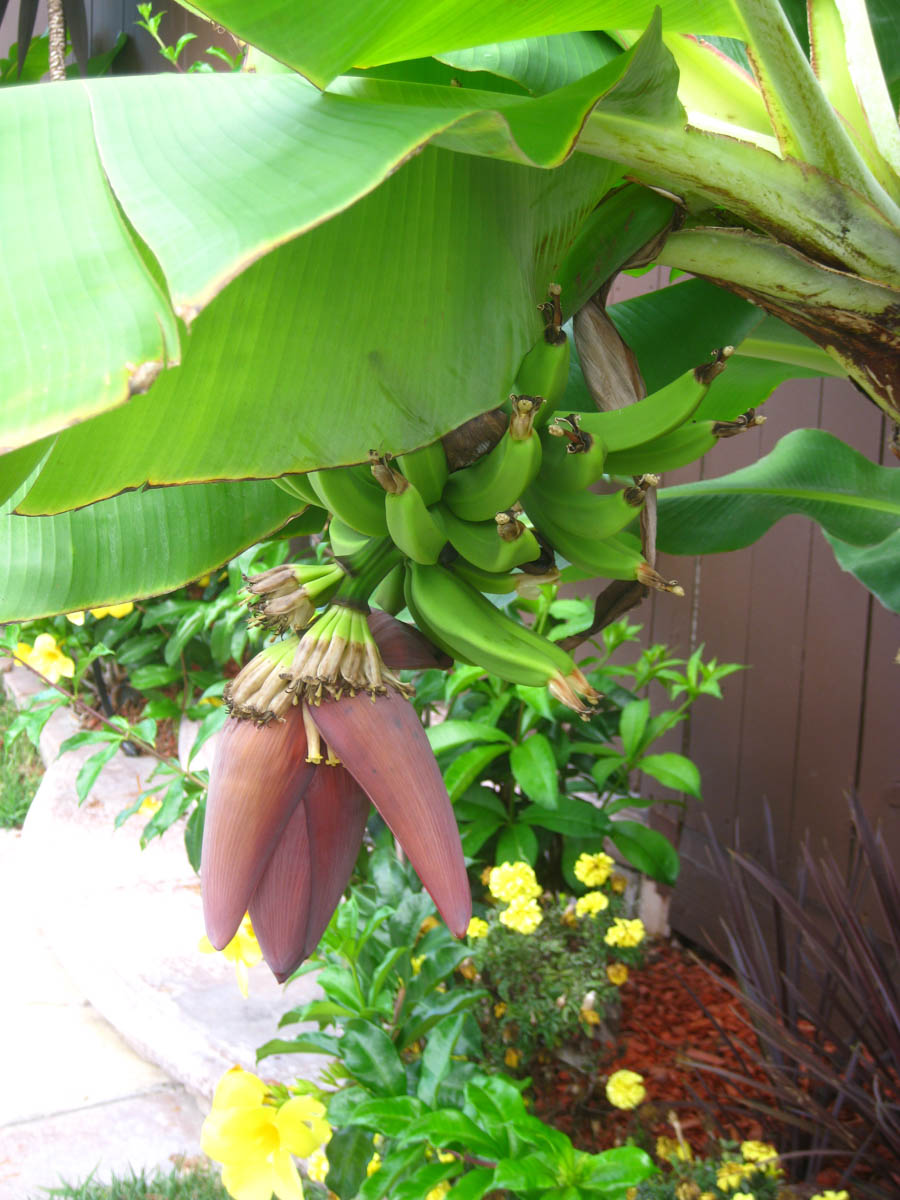
Plantins or bananas?
Did You Know? - Plantains are a member of the banana family. They are a starchy, low in sugar variety that is cooked before serving as it is unsuitable raw. It is used in many savory dishes somewhat like a potato would be used and is very popular in Western Africa and the Caribbean countries. It is usually fried or baked.
Photo of plantainsPlantains are native to India and are grown most widely in tropical climates. Plantains are sometimes referred to as the pasta and potatoes of the Caribbean. Sold in the fresh produce section of the supermarket, they usually resemble green bananas but ripe plantains may be black in color.
This vegetable-banana can be eaten and tastes different at every stage of development. The interior color of the fruit will remain creamy, yellowish or lightly pink. When the peel is green to yellow, the flavor of the flesh is bland and its texture is starchy. As the peel changes to brown or black, it has a sweeter flavor and more of a banana aroma, but still keeps a firm shape when cooked.
The plantain averages about 65% moisture content and the banana averages about 83% moisture content. Since hydrolysis, the process by which starches are converted to sugars, acts fastest in fruit of higher moisture content it converts starches to sugars faster in bananas than it does in plantains.
A banana is ready to eat when the skin is yellow whereas a plantain is not ready to eat "out of hand" until hydrolysis has progressed to the point where the skin is almost black.
Plantains grow best in areas with constant warm temperatures and protection from strong winds. They have been grown in scattered locations throughout Florida since the 16th century. Because of the occasional freezes, Florida is considered a marginal area for plantain production. They are available year round in the supermarket.

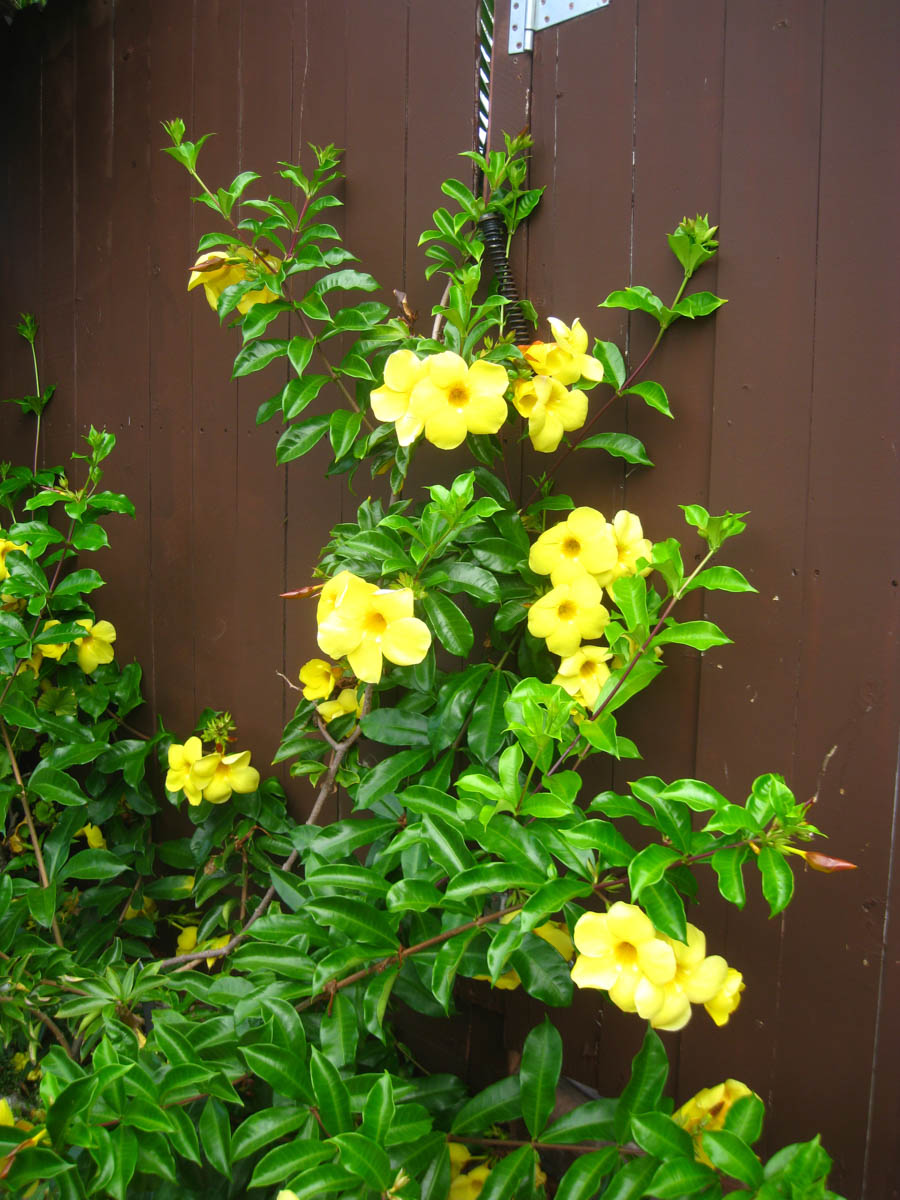
So very bright!
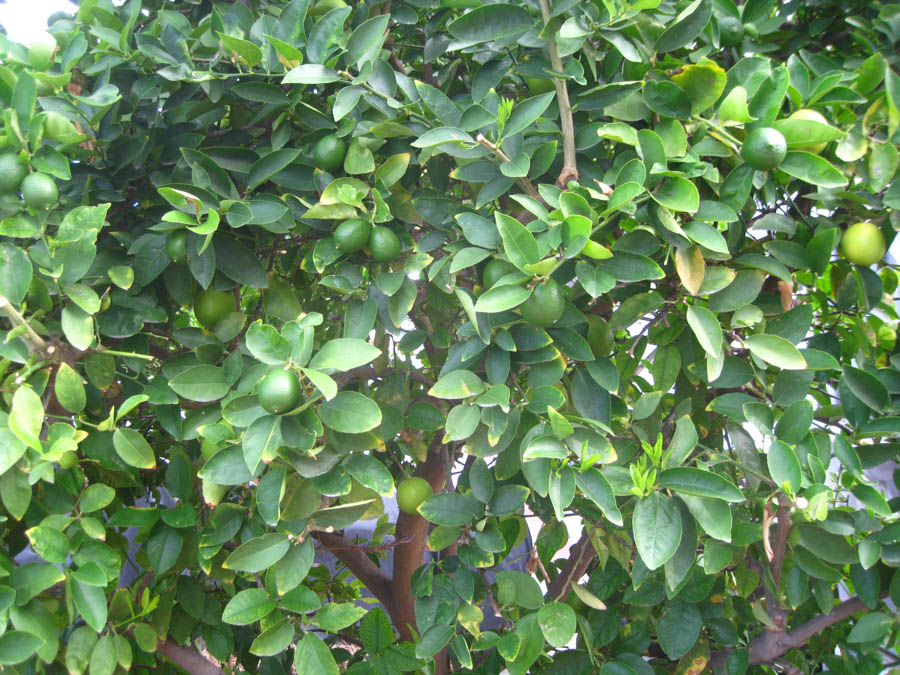
Limes anyone?
Did You Know? -
• Orson Welles originally played Harry Lime in 1949 in the film adaptation of Graham Greene's "The Third Man"? Later in 1951 and 1952, his role was reprised for the radio show called "The Adventures of Harry Lime".
• Lime Jell-O is the official state food of Utah?
• Lime-flavored Jell-O was introduced to the public in 1930?
• If you microwave a lime for just 15 seconds before squeezing, it will produce almost twice as much juice.
•In Mexico the workers would put limes in the neck of their beer bottles to keep mosquitoes away?

Applesauce anyone?
September 17th 2015 Top



The leaves are beginning to fall this Fall
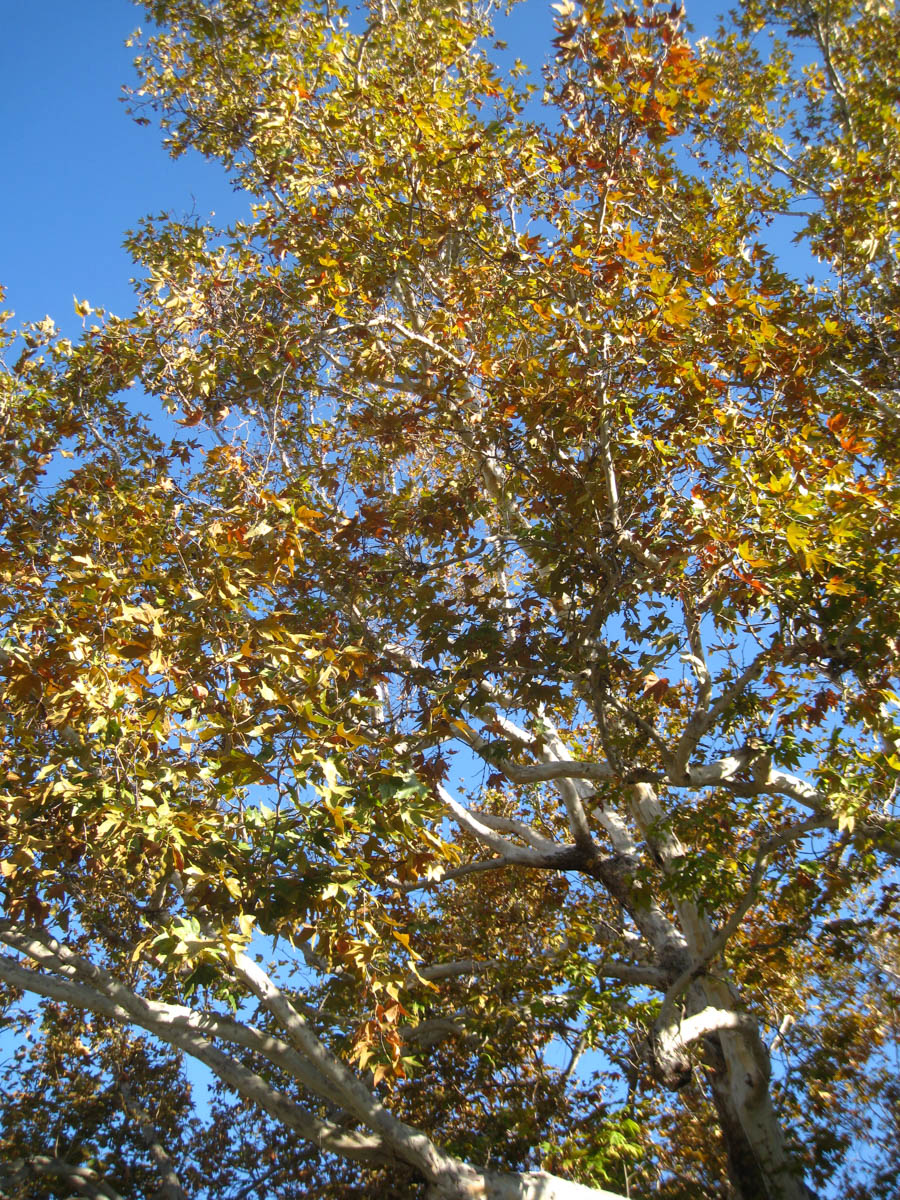
Another 60 days and the trees will be bare
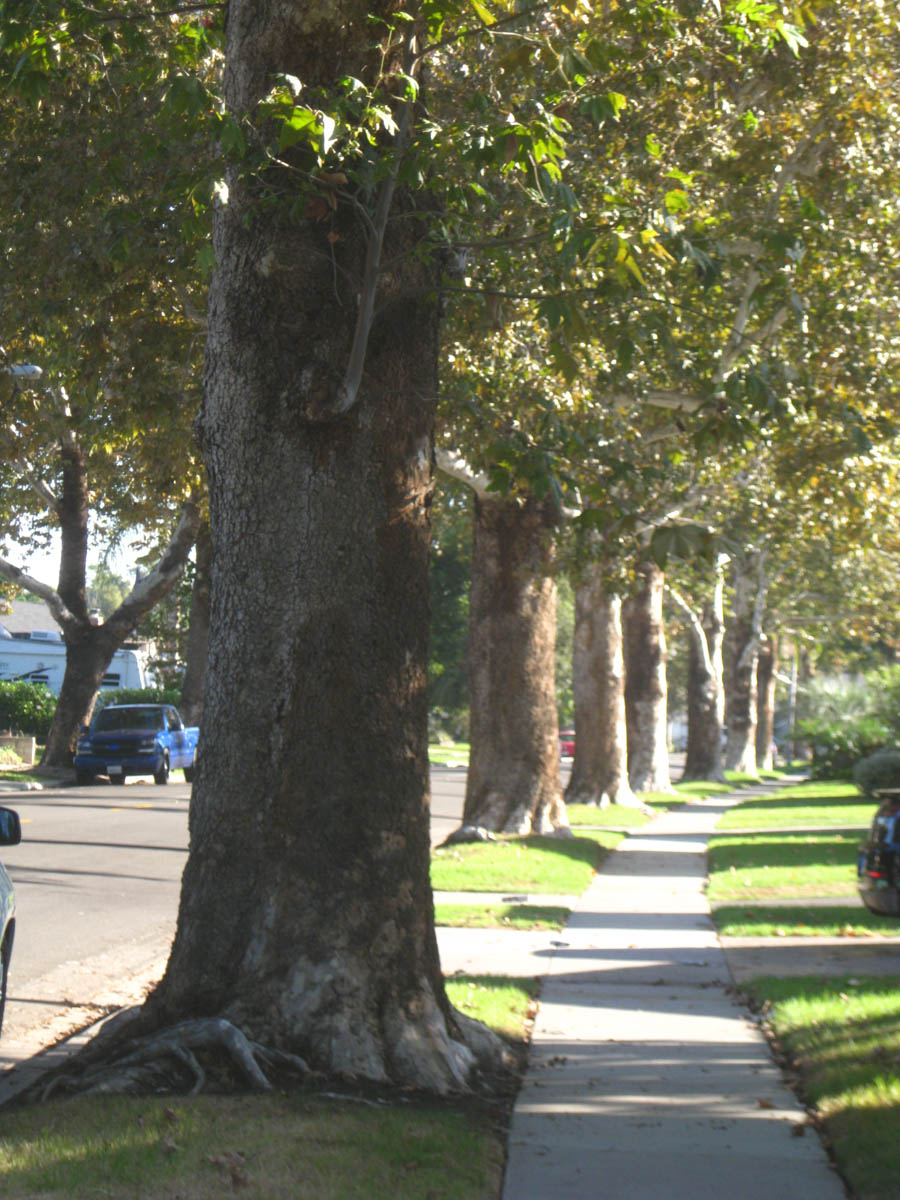
...and we have a lot of trees in this condition!
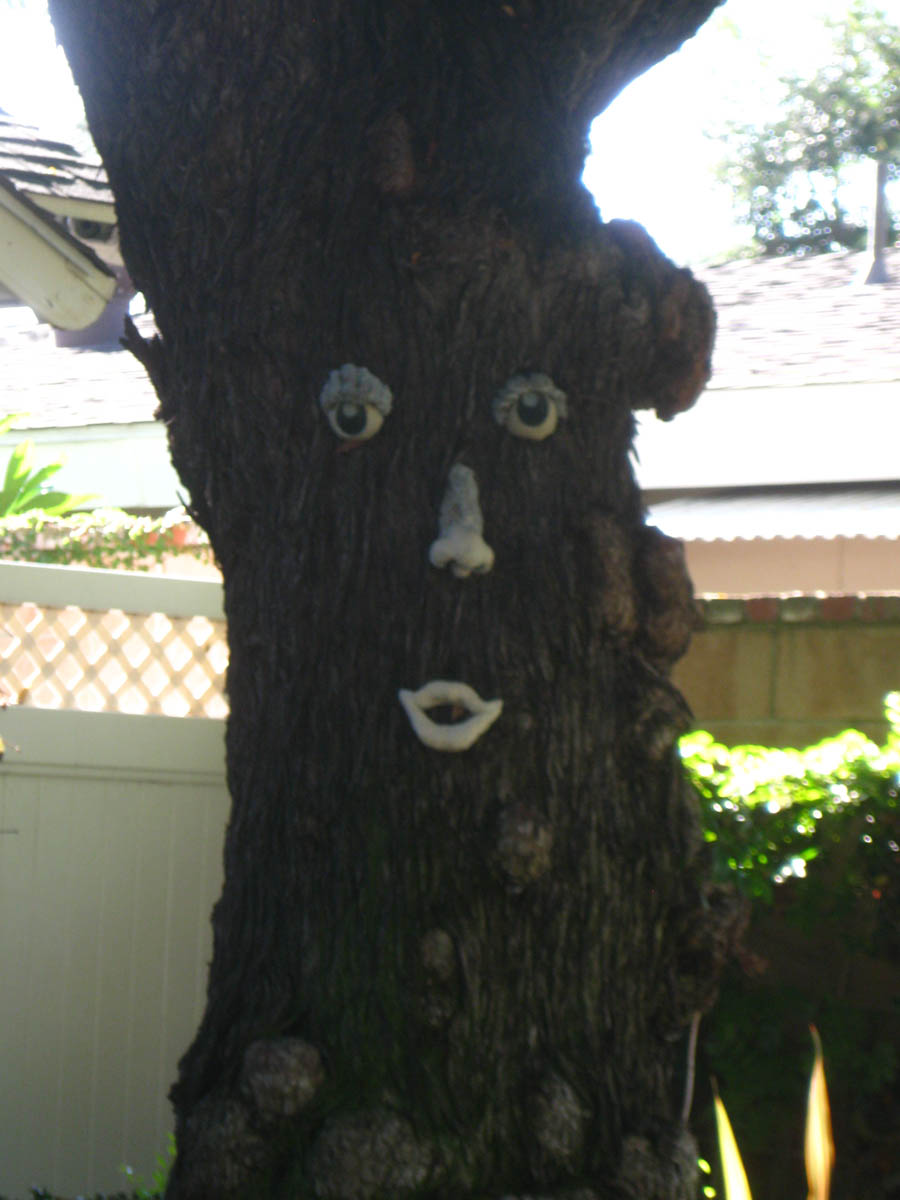
Hello there sweetie

I smell something!

Here kitty... Here kitty
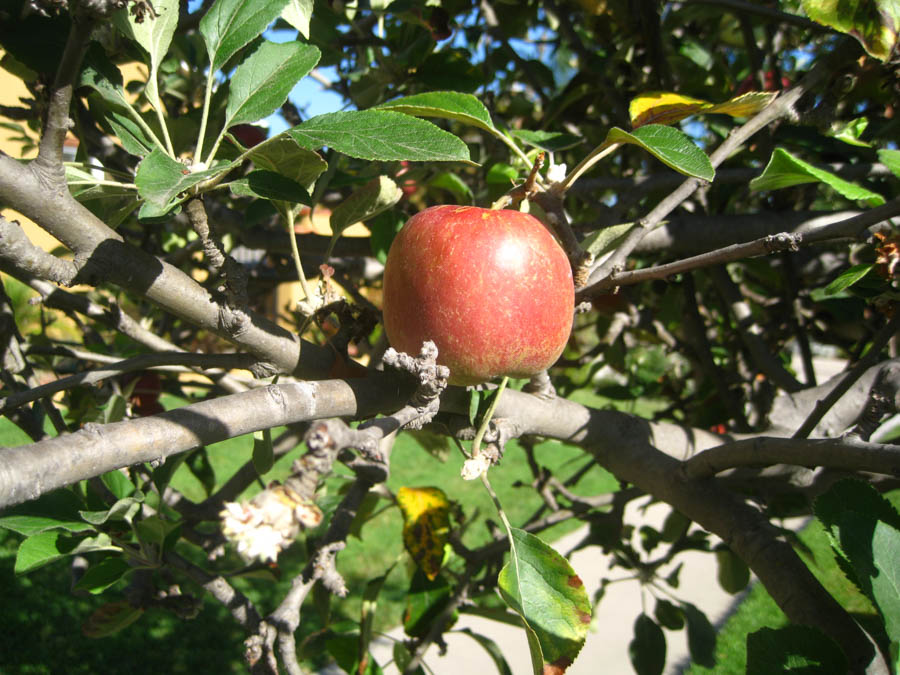
There are a lot of apple trees in our little city
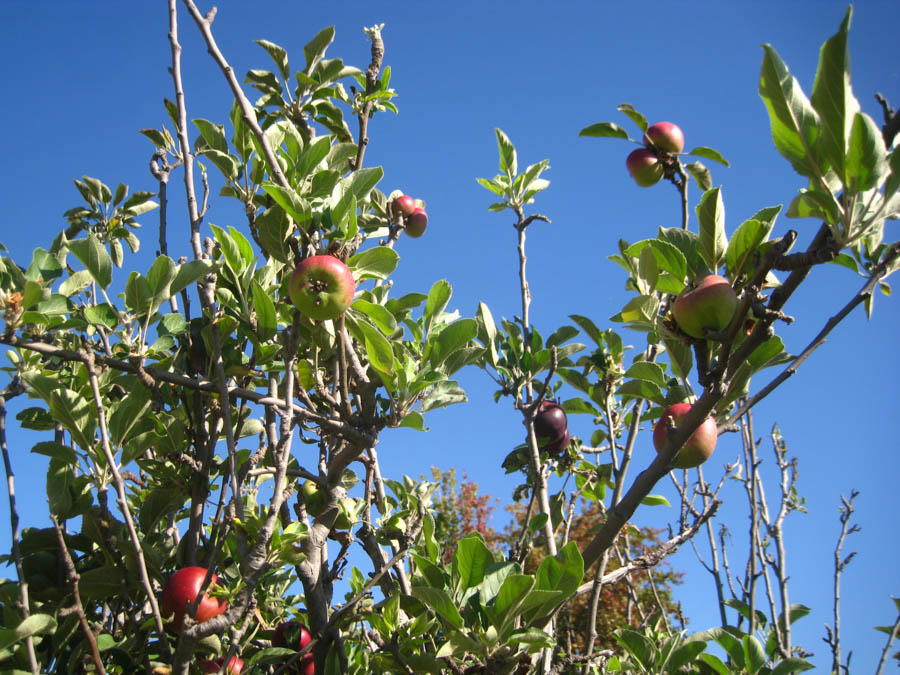
Looking good... I see apple sauce in my future
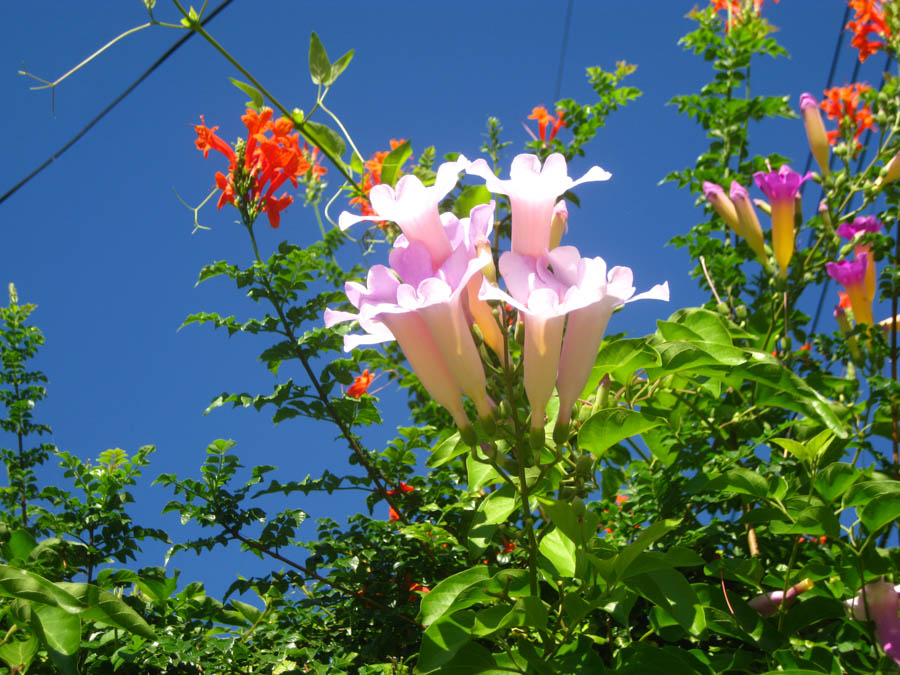
The pinks are magnificent
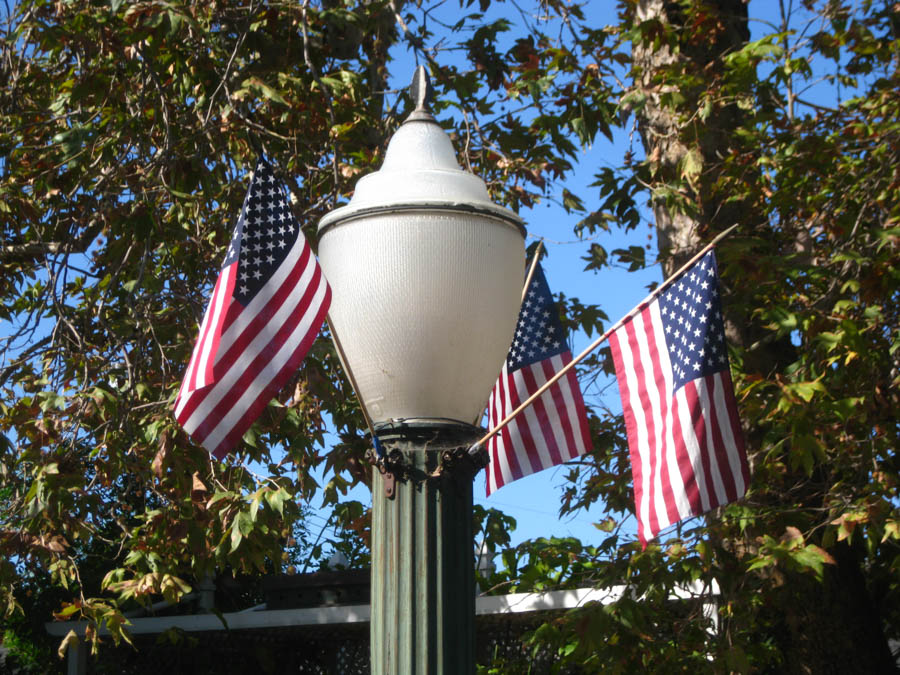
God Bless America
September 26th 2015 Top
I have not walked for almost a week as Sue was having her procedure and walking did not fit into our busy bisy schedule! It's Saturday and time to walk!



G-r-r-r-r-r-r ... Scary!
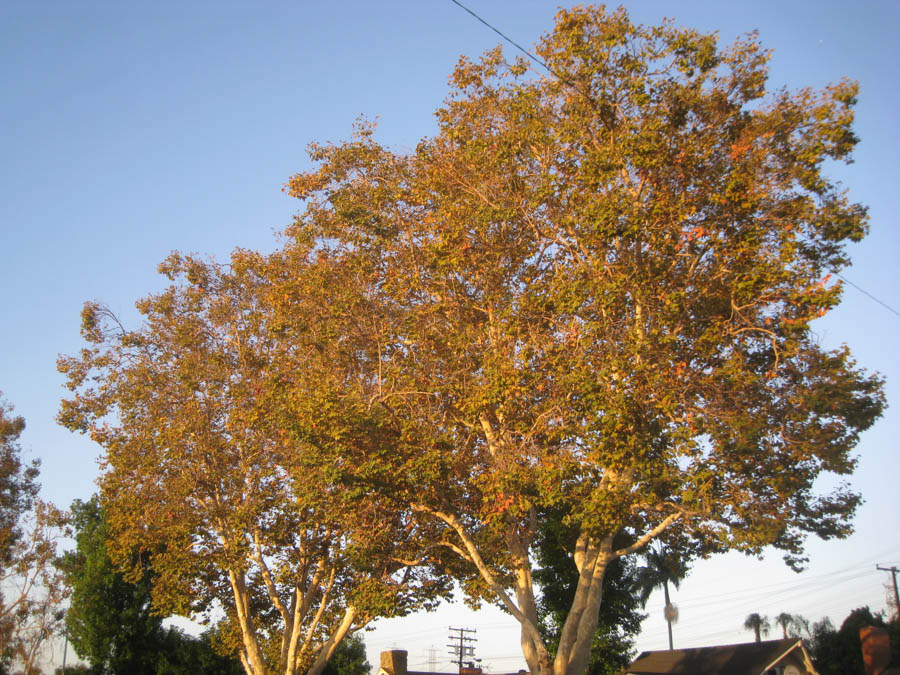
The morning sunrise really brings out the orange and yellow of the fall leaves

Just hanging around!
He was about ten feet in the air and was looking for breakfast!

The sun is coming up making interesting shadows in the neighborhood

It's Halloween... The black cat is out and about
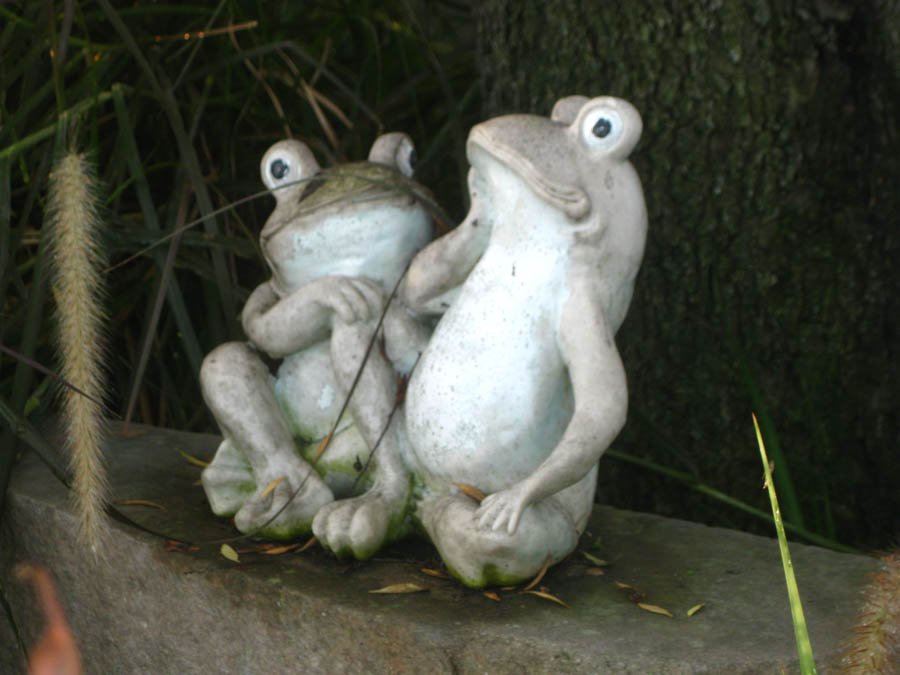
Mr and Mrs Froggy!
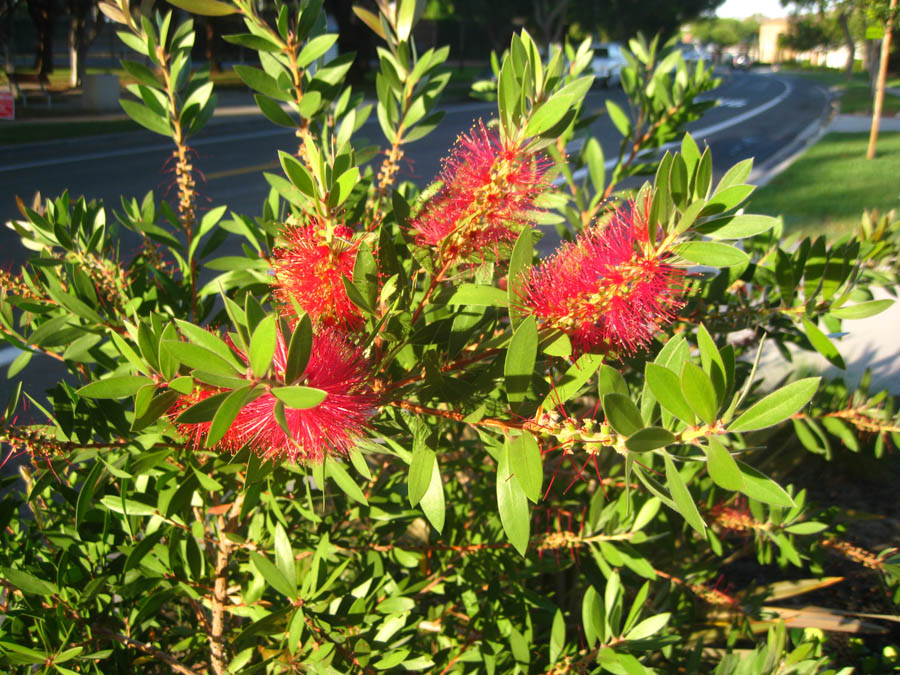
Need you bottle cleaned?
Did You Know? - Callistemon /ˌkælɨˈstiːmən/ is a genus of shrubs in the family Myrtaceae, first described as a genus in 1814. The entire genus is endemic to Australia but widely cultivated in many other regions and naturalized in scattered locations.
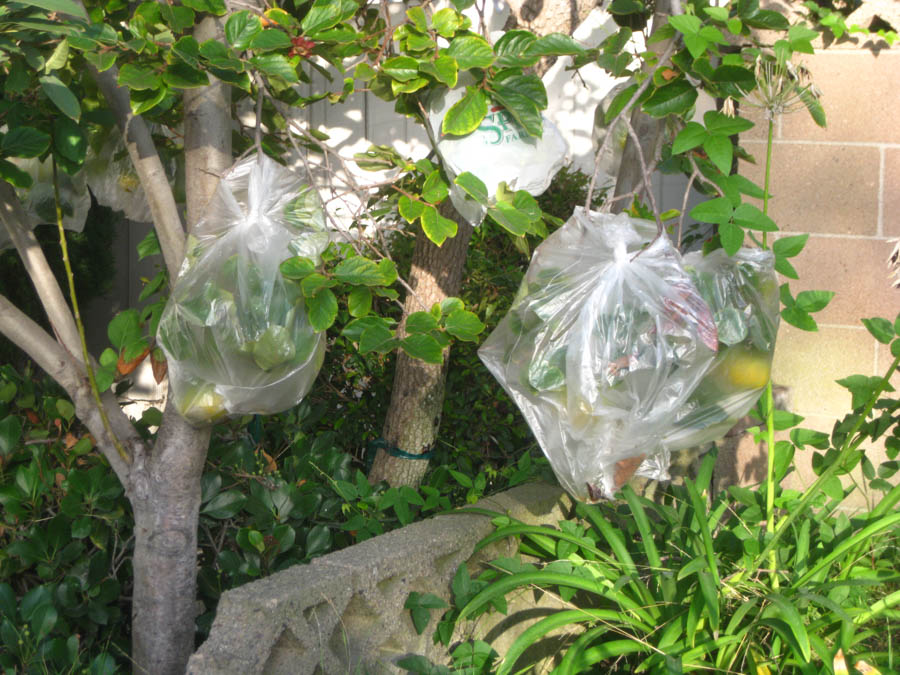
The apples are covered to prevent the apple maggots from entering the apple
Did You Know? -
The apple maggot (Rhagoletis pomonella), also known as railroad worm, is a pest of several fruits, mainly apples. Before the arrival of apples from Europe,[arrival where?] it was found mainly in hawthorns.
The adult form of this insect is about 5 mm (0.20 in) long, slightly smaller than a house fly, with a white dot on its thorax and a characteristic black banding shaped like an "F" on its wings. When threatened it turns its wings 90 degrees and moves them up and down whilst walking sideways; the combination mimics the appearance of it being a spider due to the wing pattern in the new position appearing as additional legs.
The larva, which is the stage of this insect's life cycle that causes the actual damage to the fruit, is similar to a typical fly larva or maggot. Other "worms," especially the larvae of the codling moth, that infest the insides of apples are often confused with the apple maggot.
Generally speaking, however caterpillars often feed in the apple's core while apple maggots feed on the fruit flesh. In infested fruit, the larvae are often difficult to detect due to their pale, cream colour and small body size.
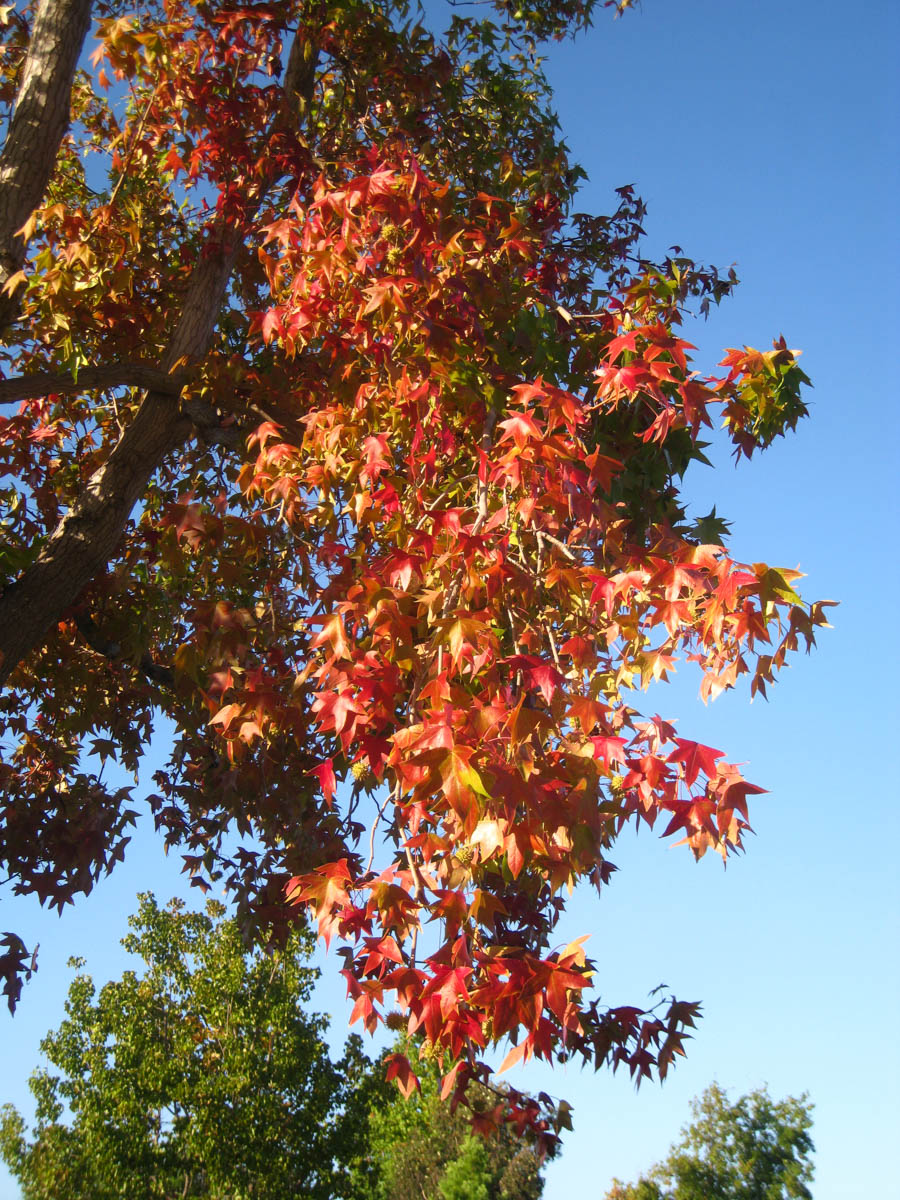
Last week they were green... Turned red overnight!
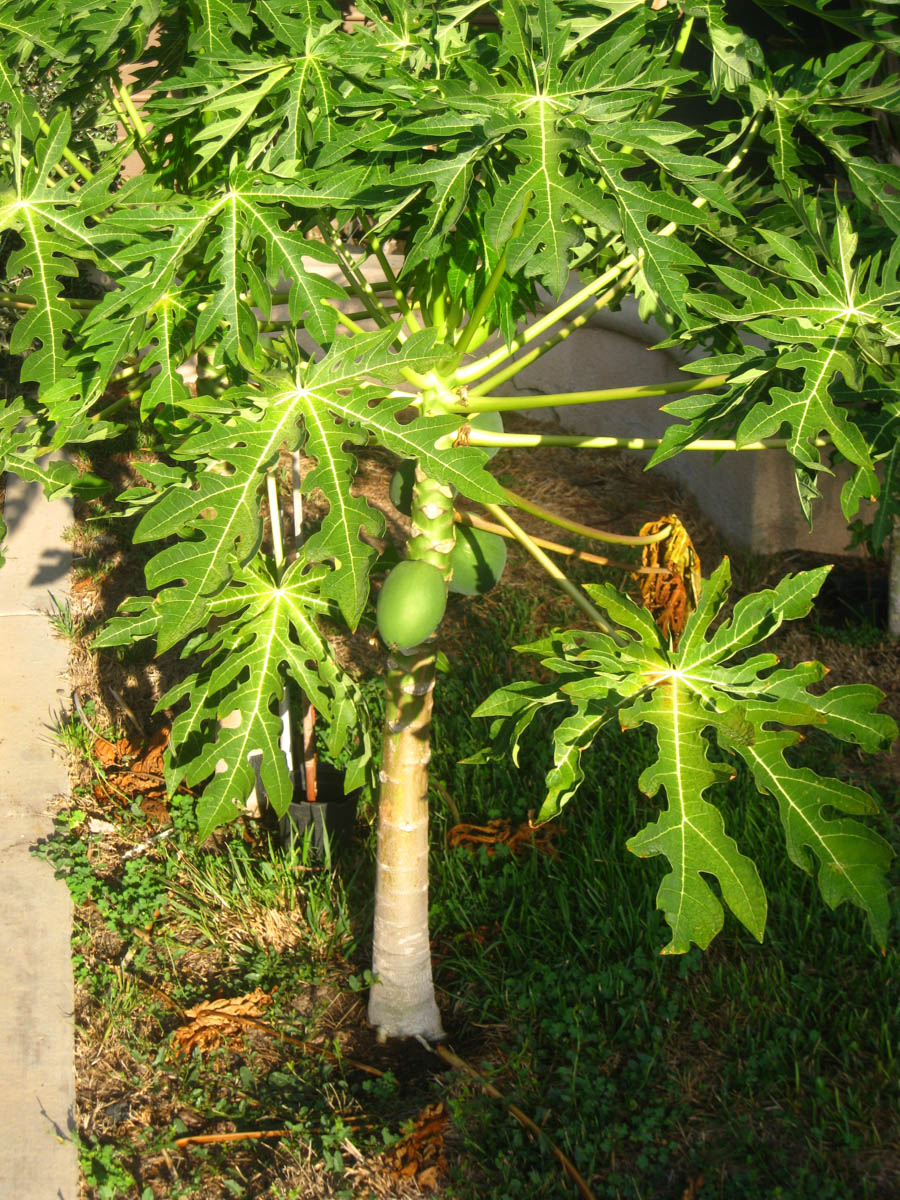
Planted last year and already producing!
September 29th 2015 Top
Time to walk south (and away from the parents driving their little kids to school).


Chugging right along!
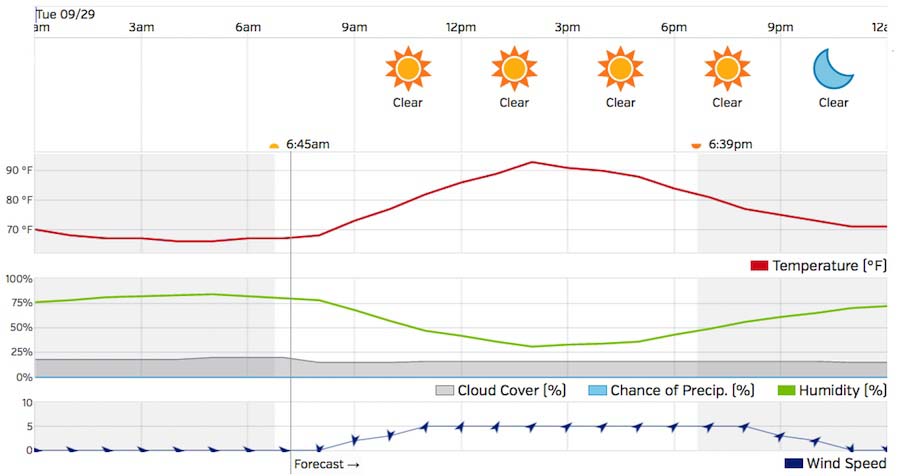
I got out early enough to avoid the heat and humidity!
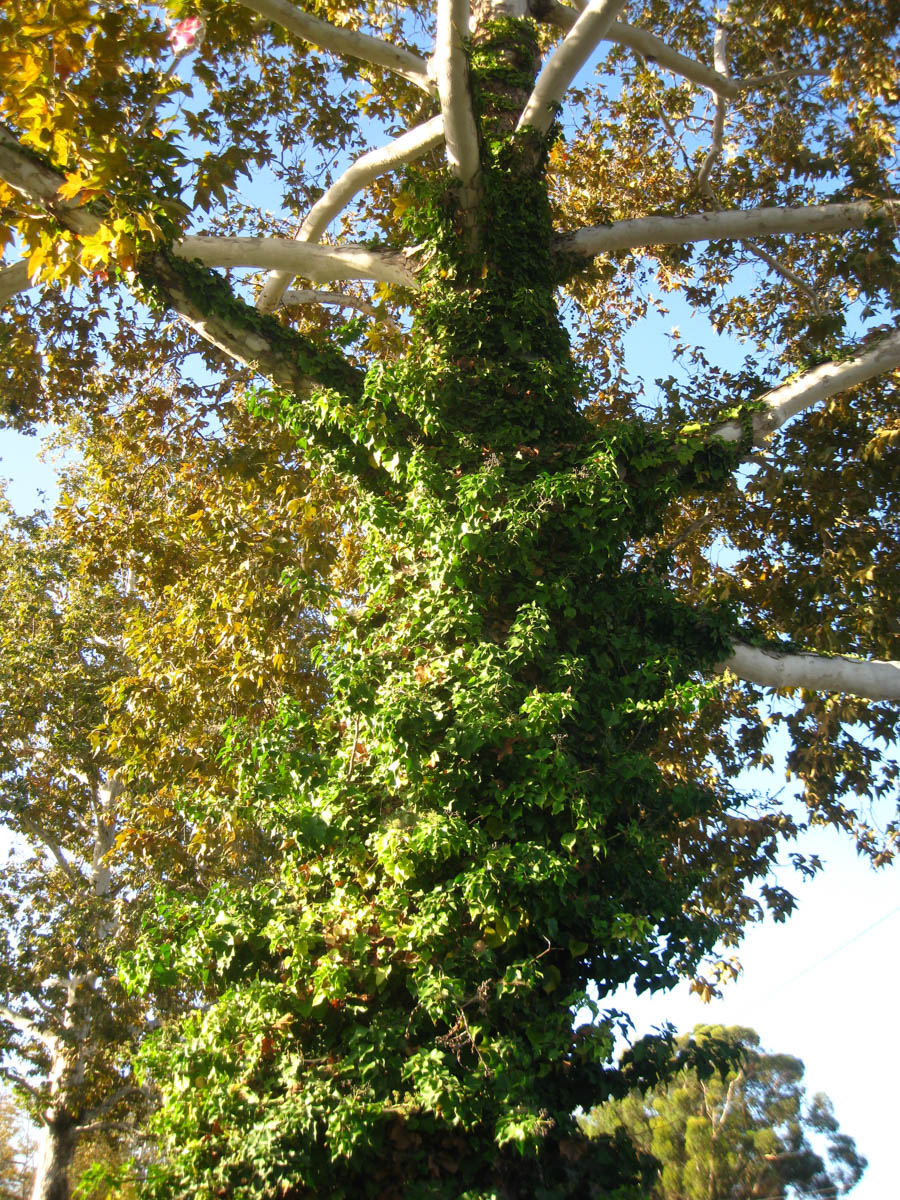
The big tree has a little friend
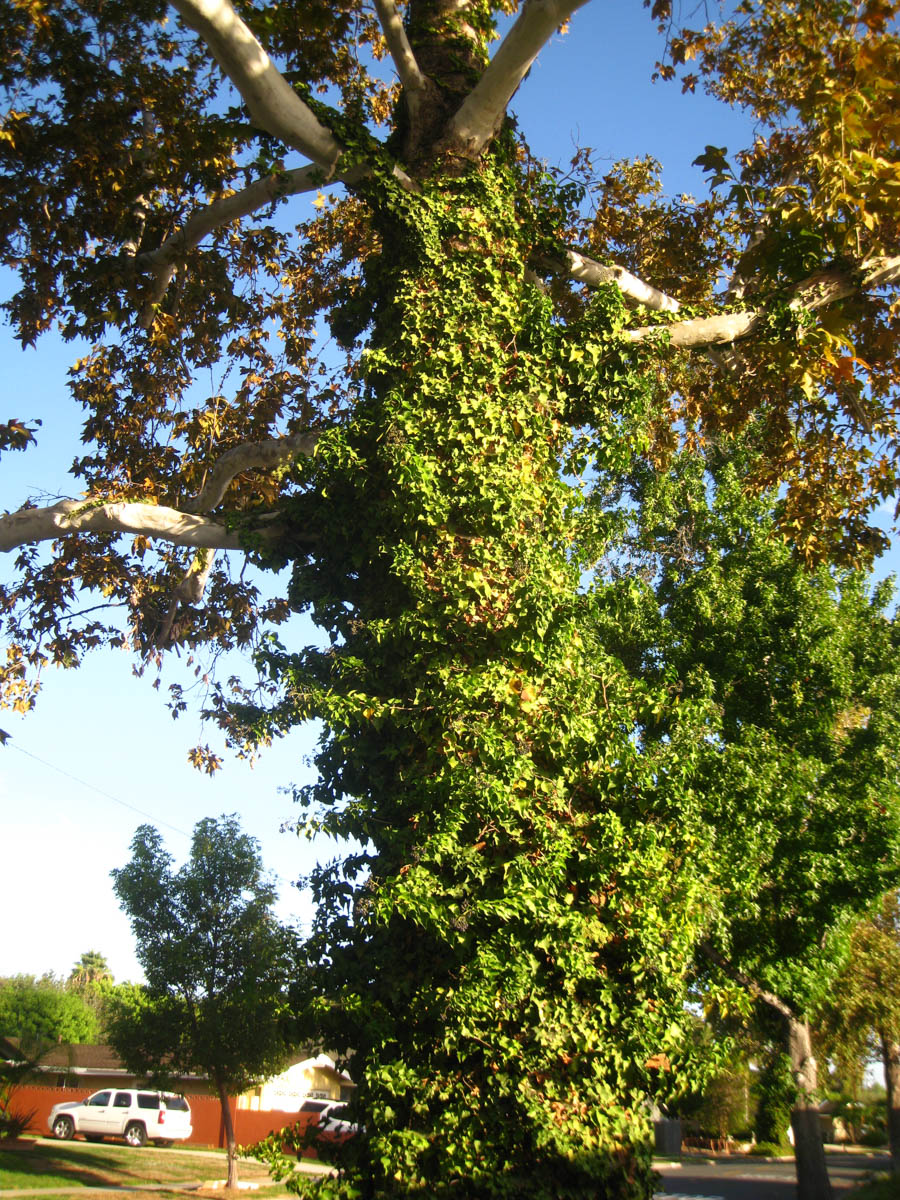
The ivy is nearly 60 feet in the air!
Did You Know? - Hedera, commonly called ivy (plural ivies), is a genus of 12–15 species of evergreen climbing or ground-creeping woody plants in the family Araliaceae, native to western, central and southern Europe, Macaronesia, northwestern Africa and across central-southern Asia east to Japan and Taiwan.
The berries are moderately toxic to humans, but are very bitter, so poisoning is rare.

I always love to see Old Glory flying!

OMG... Invaded by penguines!

We do live in a small family community...
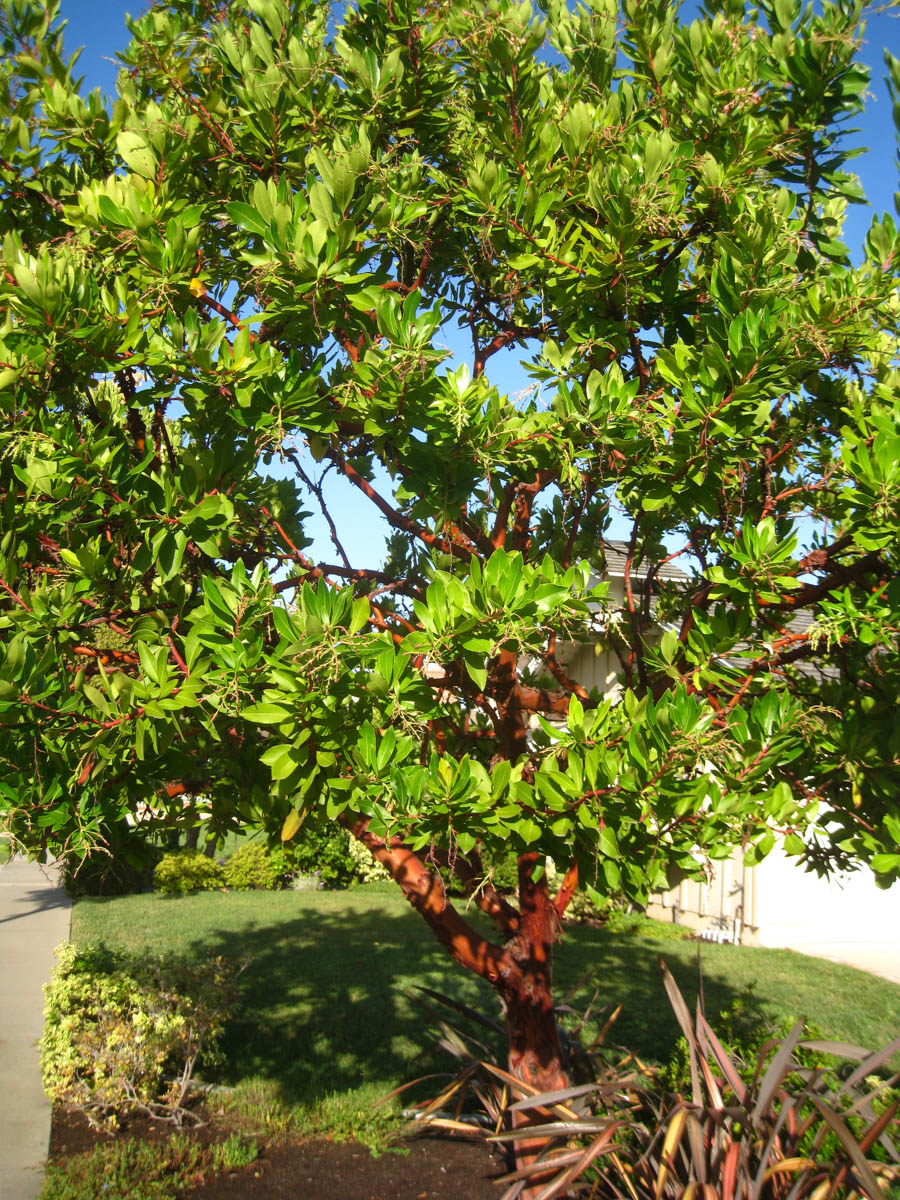
Ready for Christmas... Reds and greens
Did You Know? - The word manzanita is the Spanish diminutive of manzana (apple). A literal translation would be little apple. The name manzanita is also sometimes used to refer to species in the related genus Arbutus, which is known by that name in the Canadian area of the tree's range, but is more usually known as madroño, or madrone in the United States.
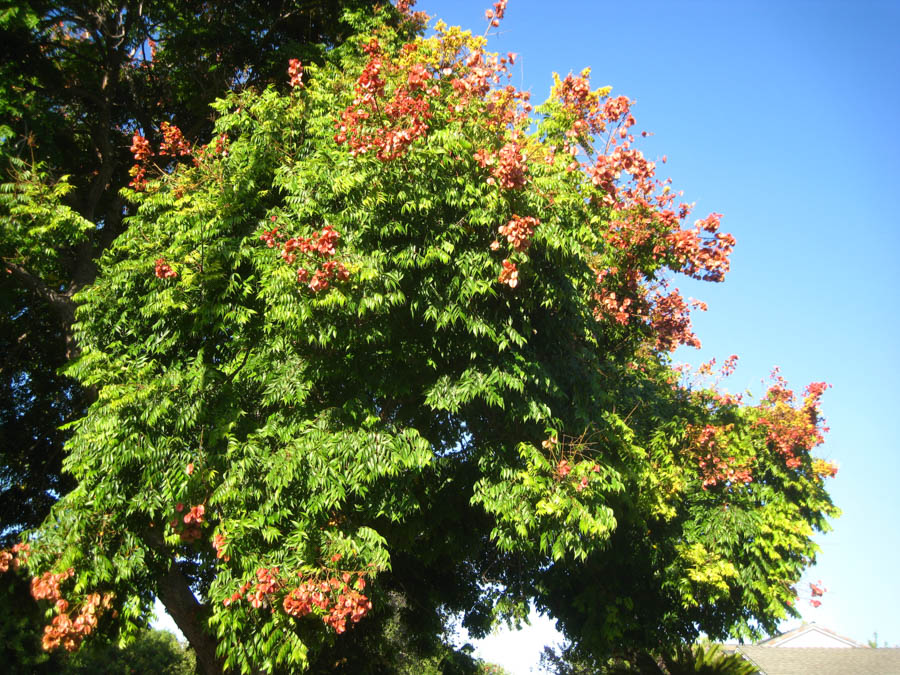
More reds and greens....
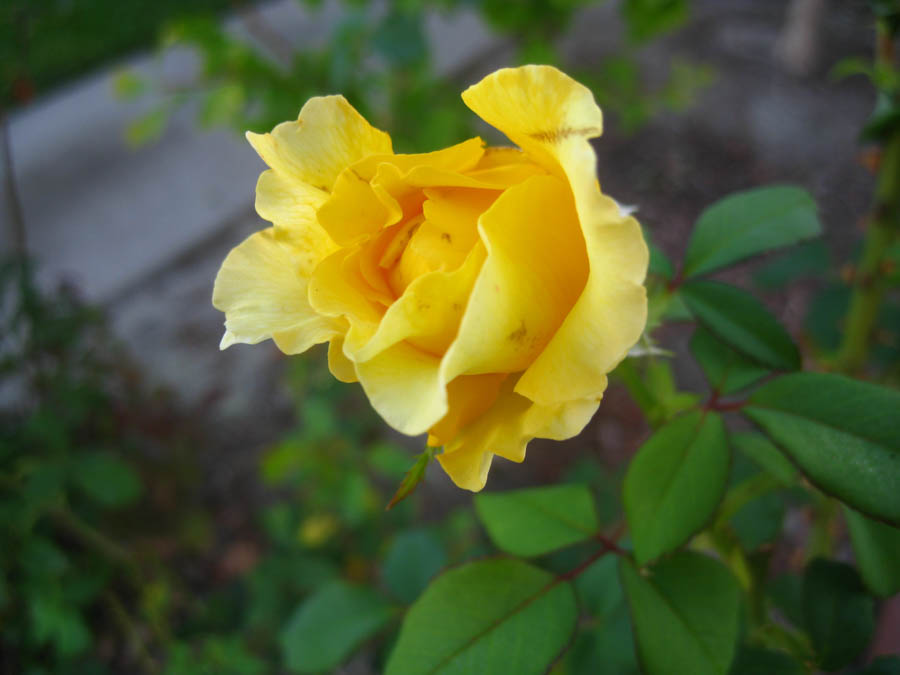
"Hi there beautiful"
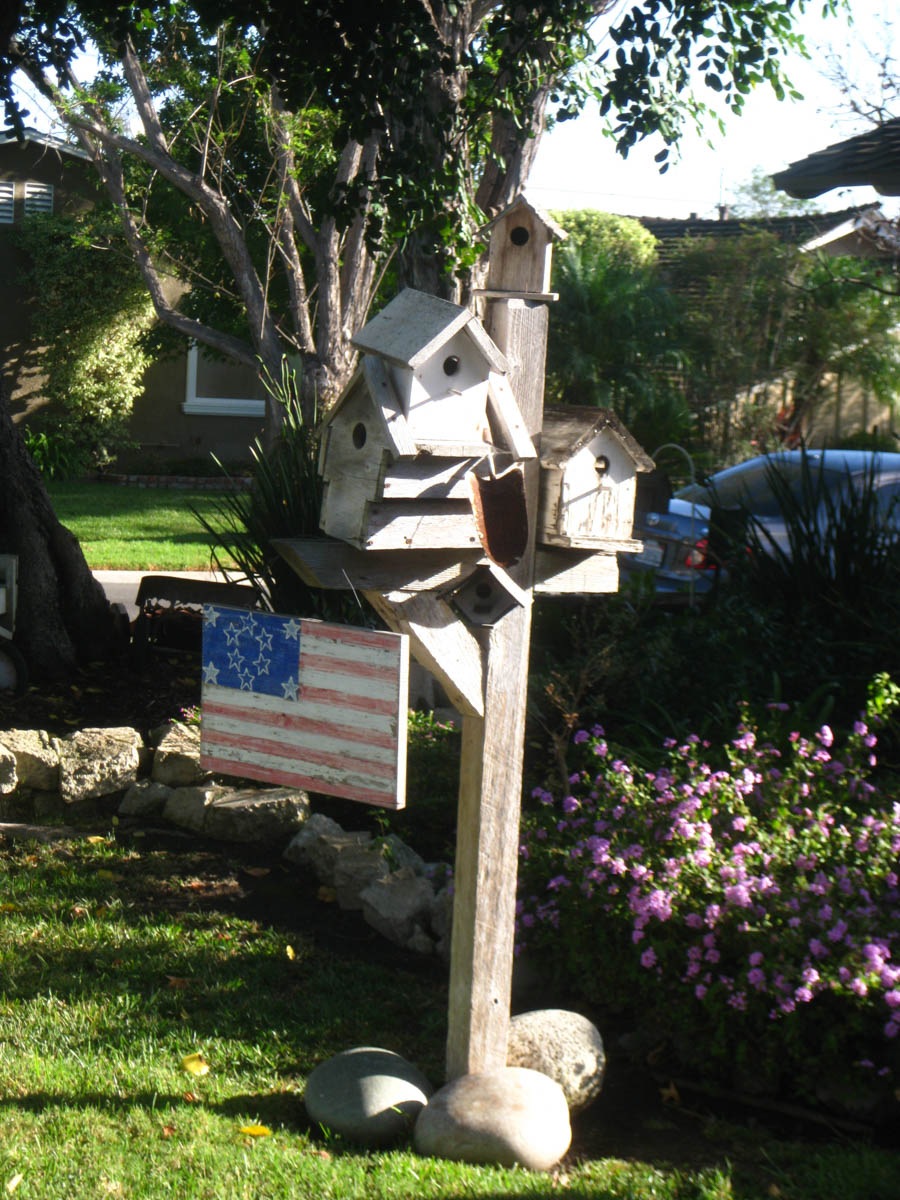
I high-rise birdy hotel!